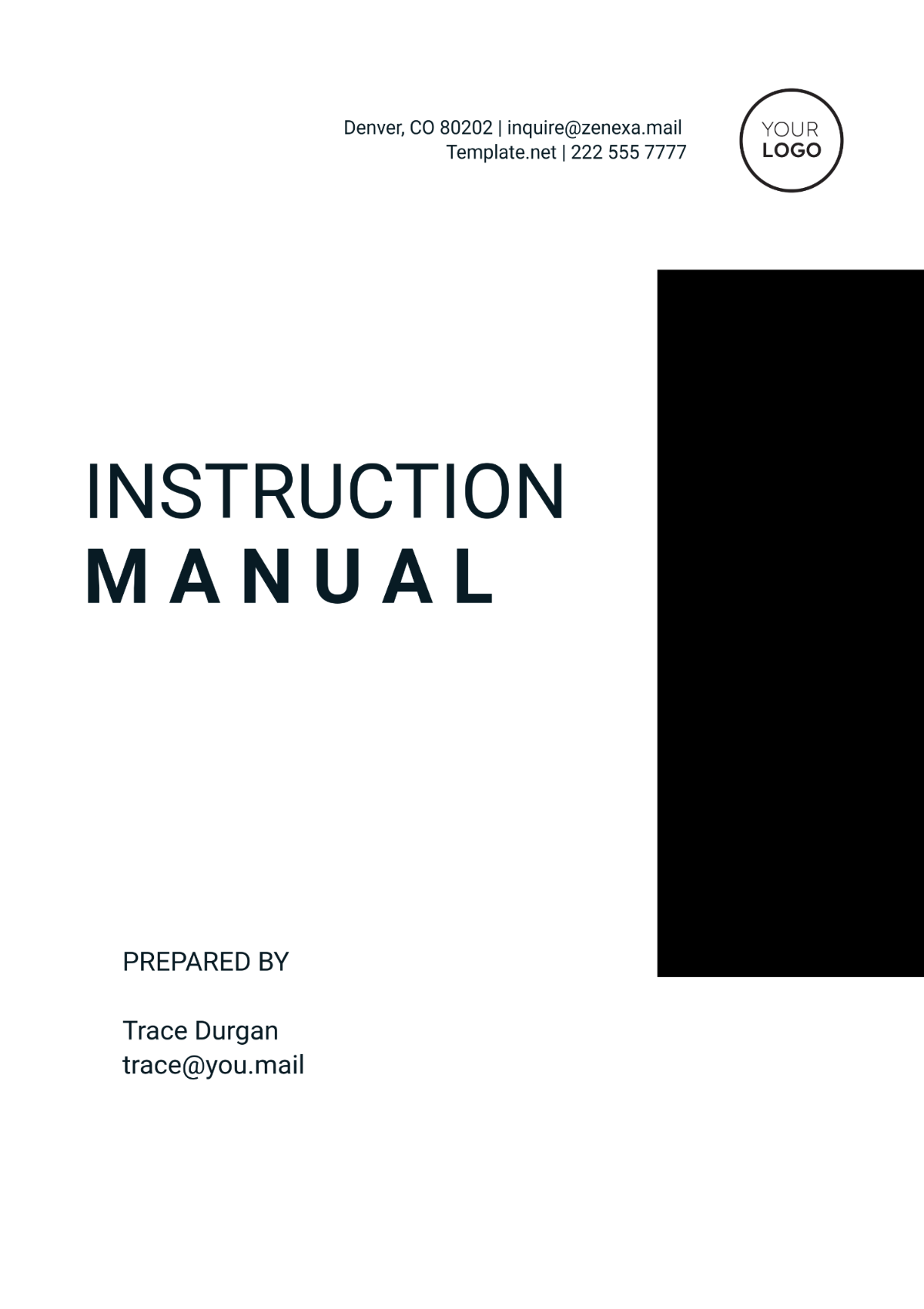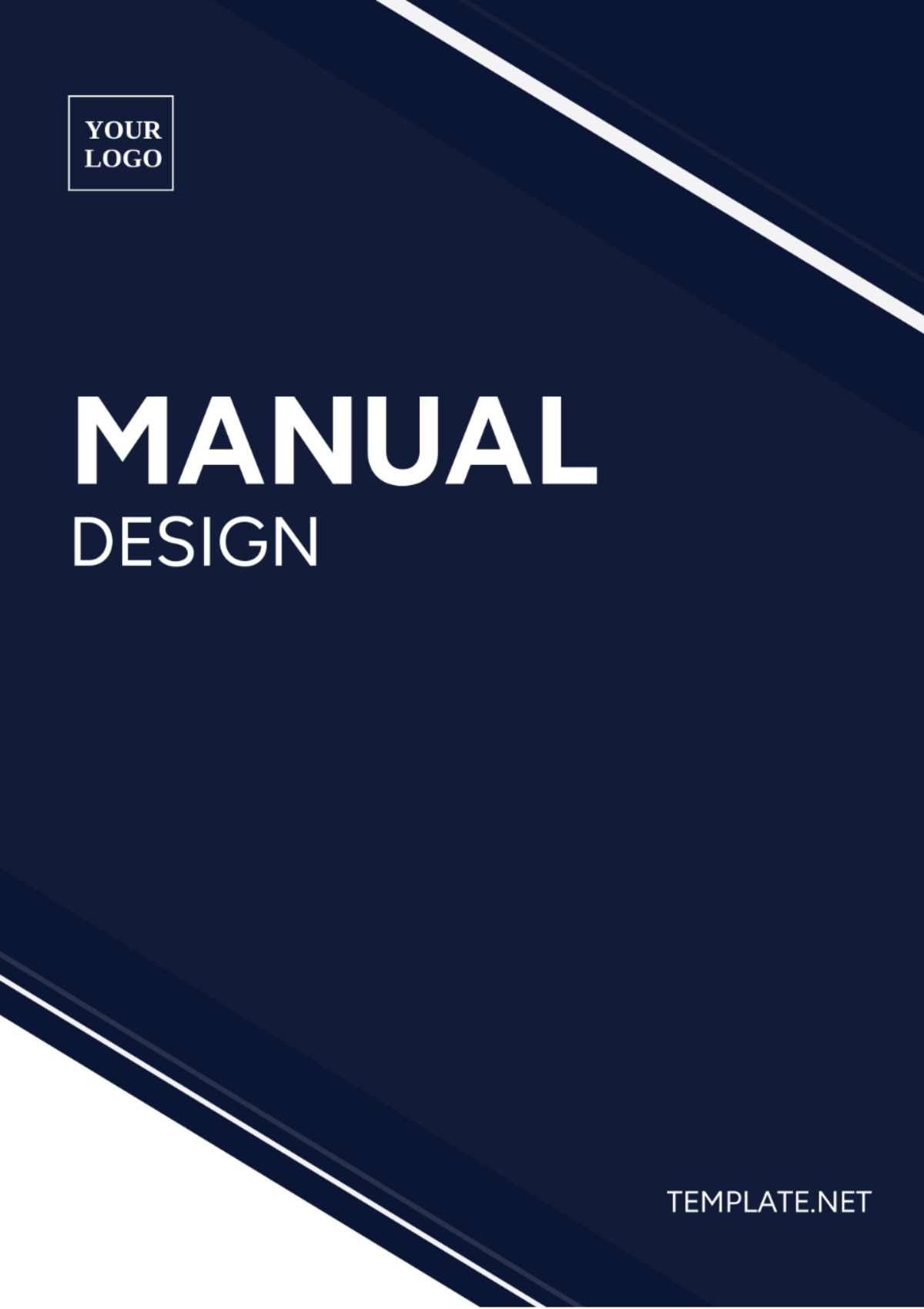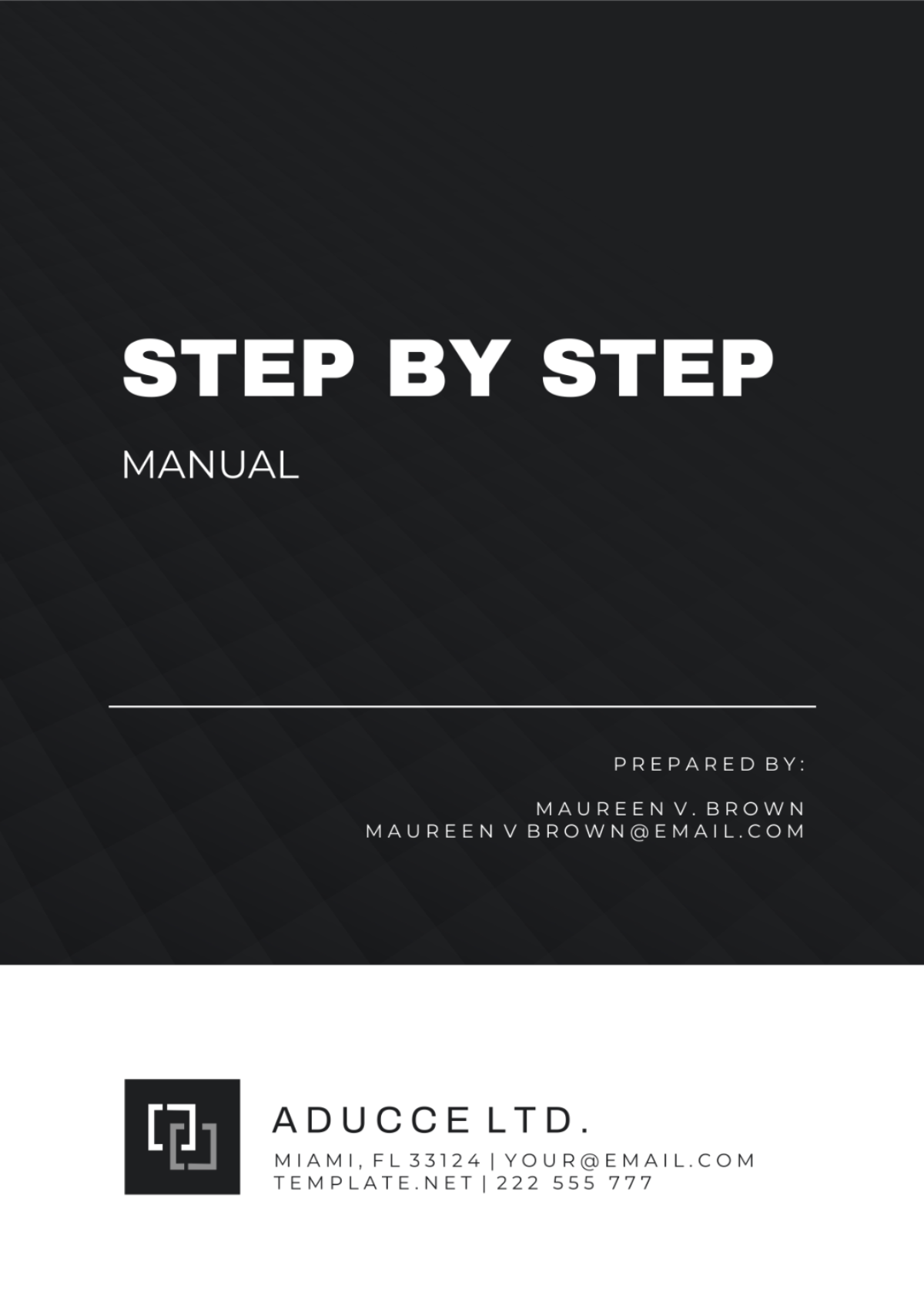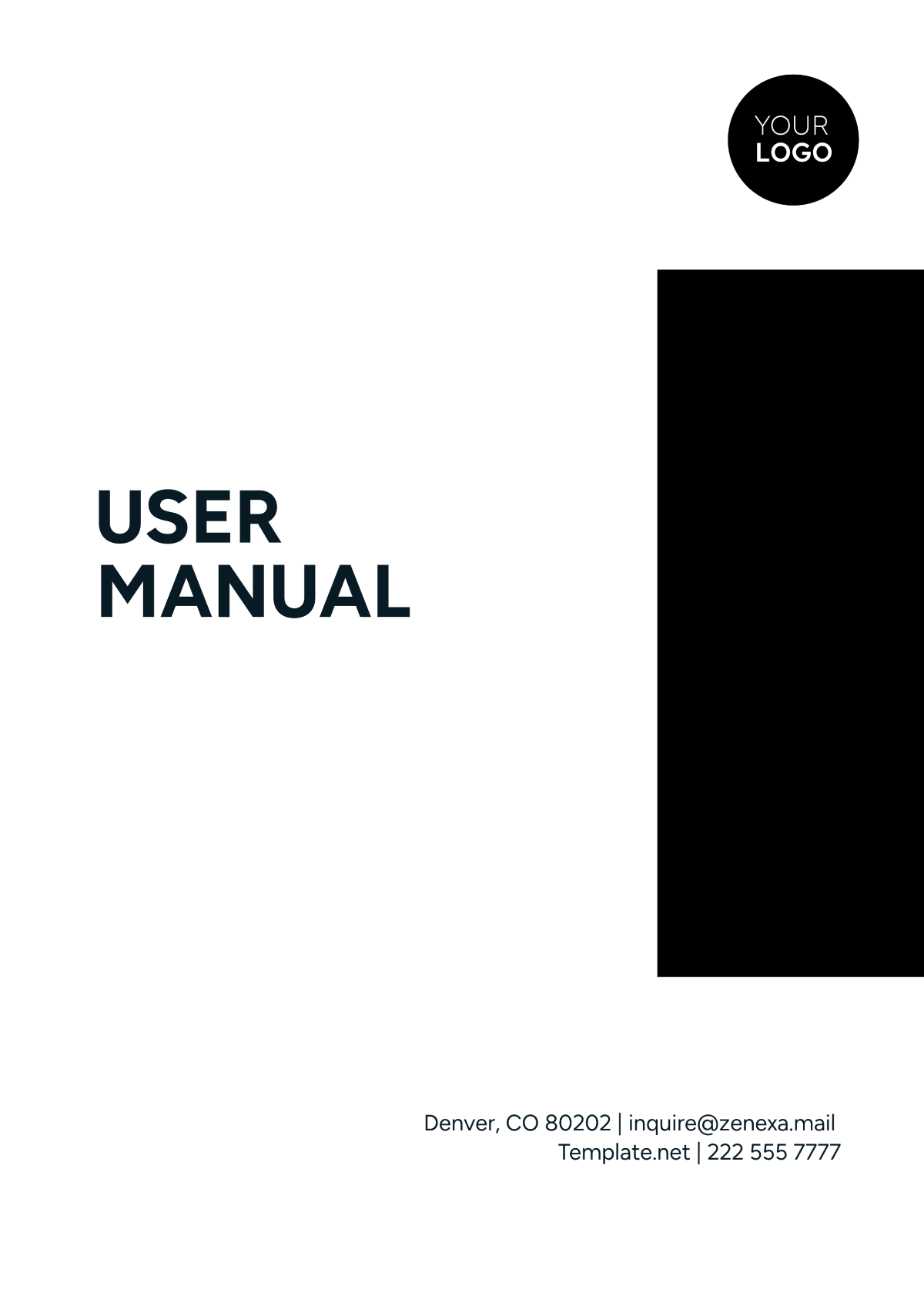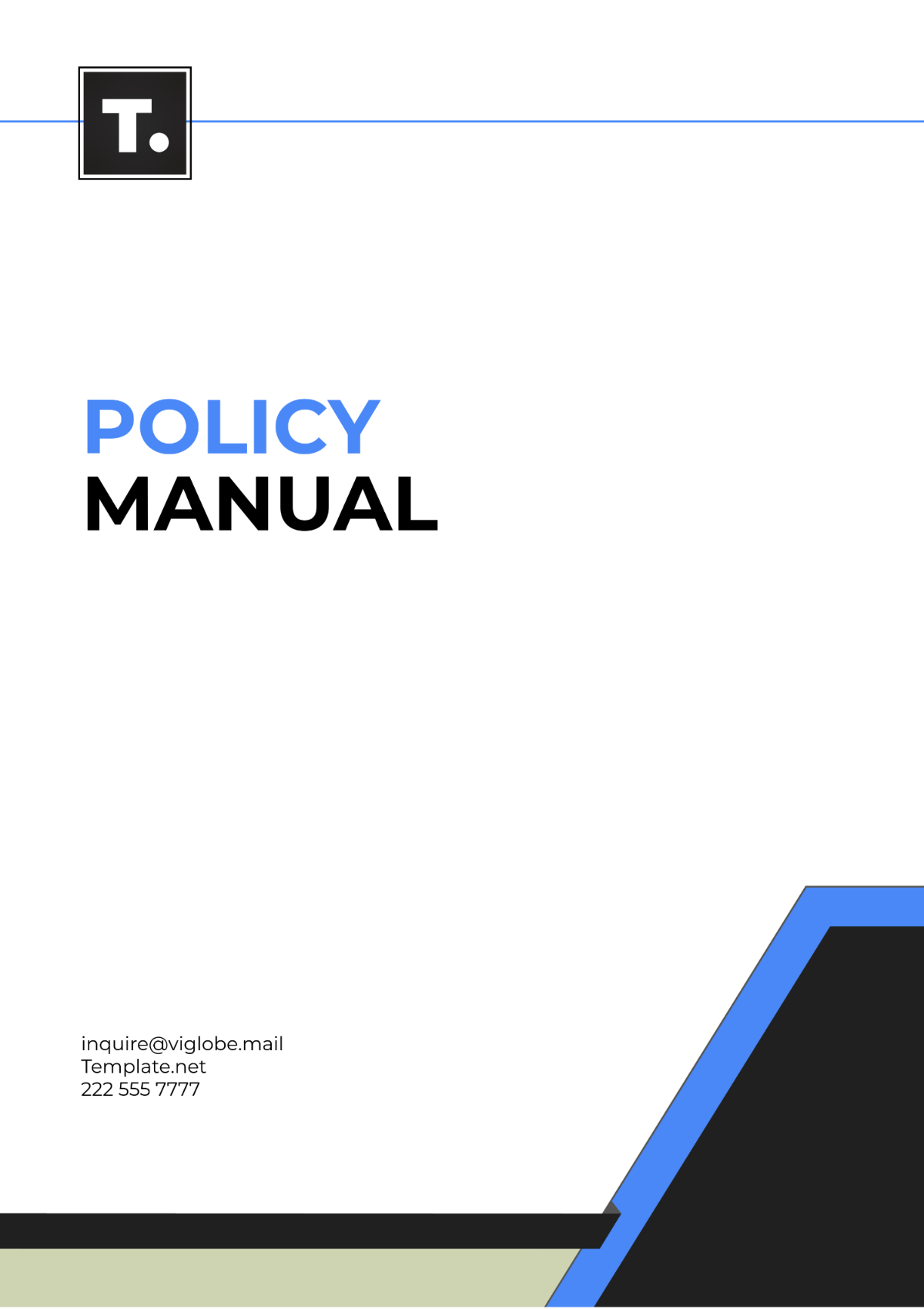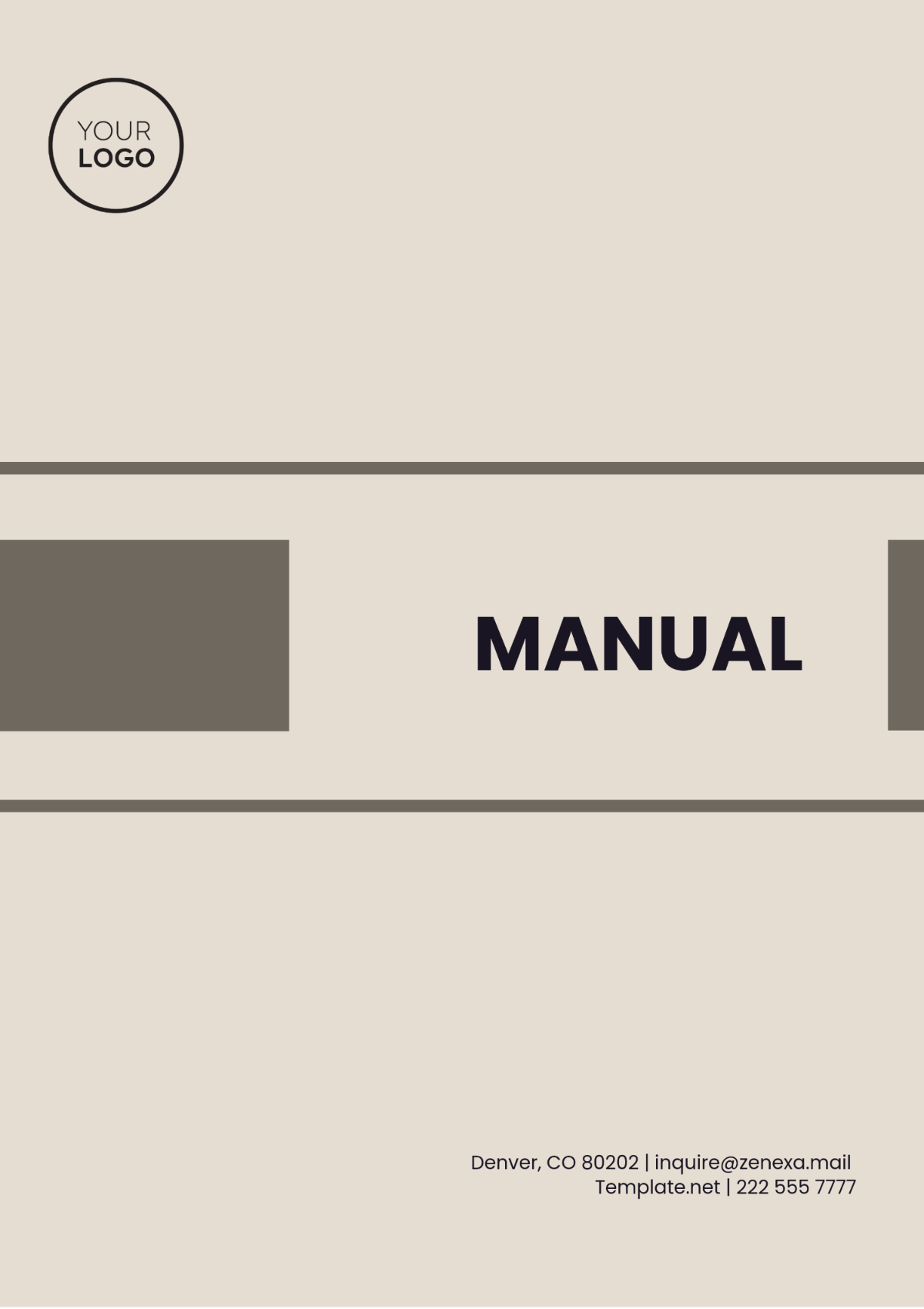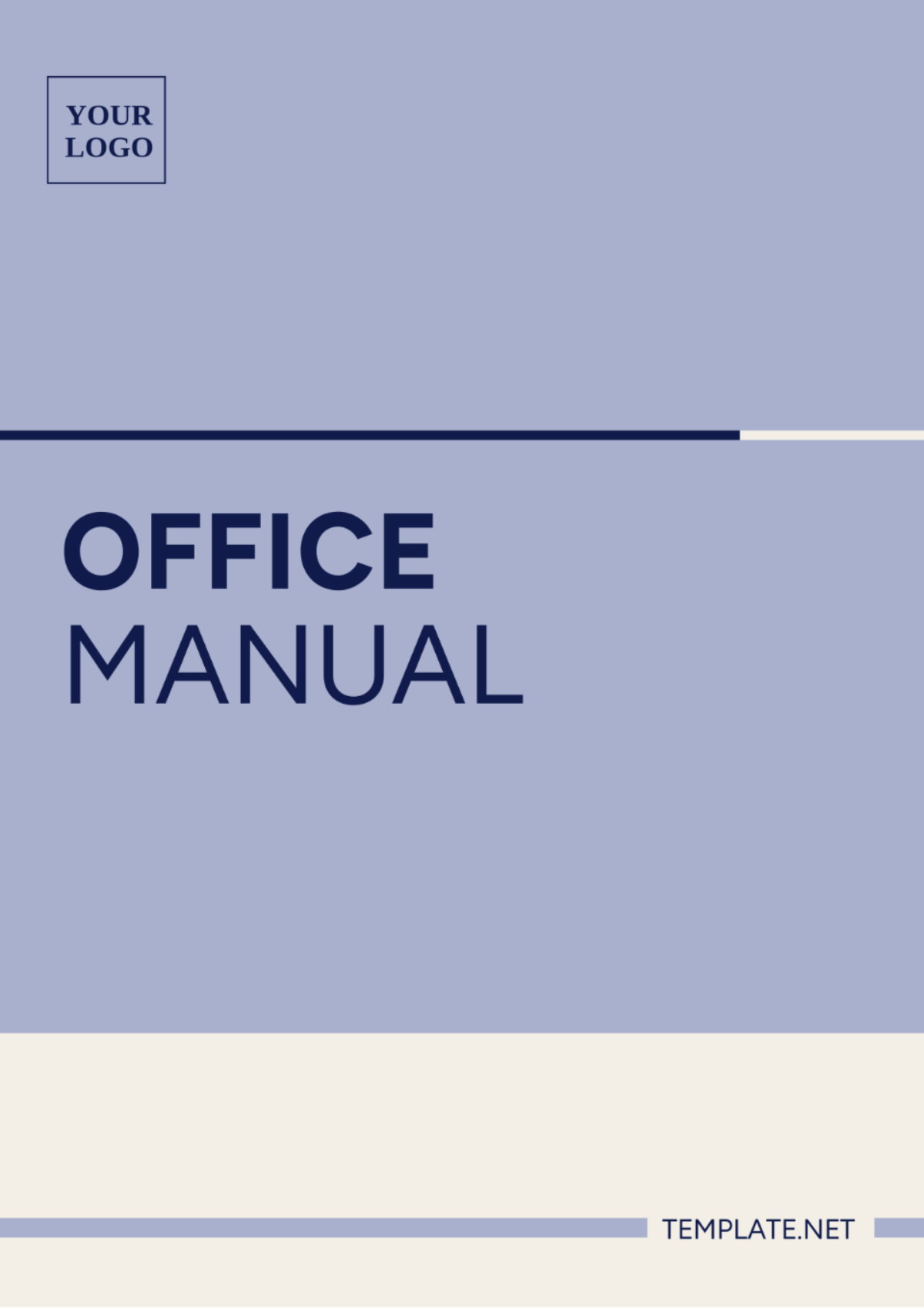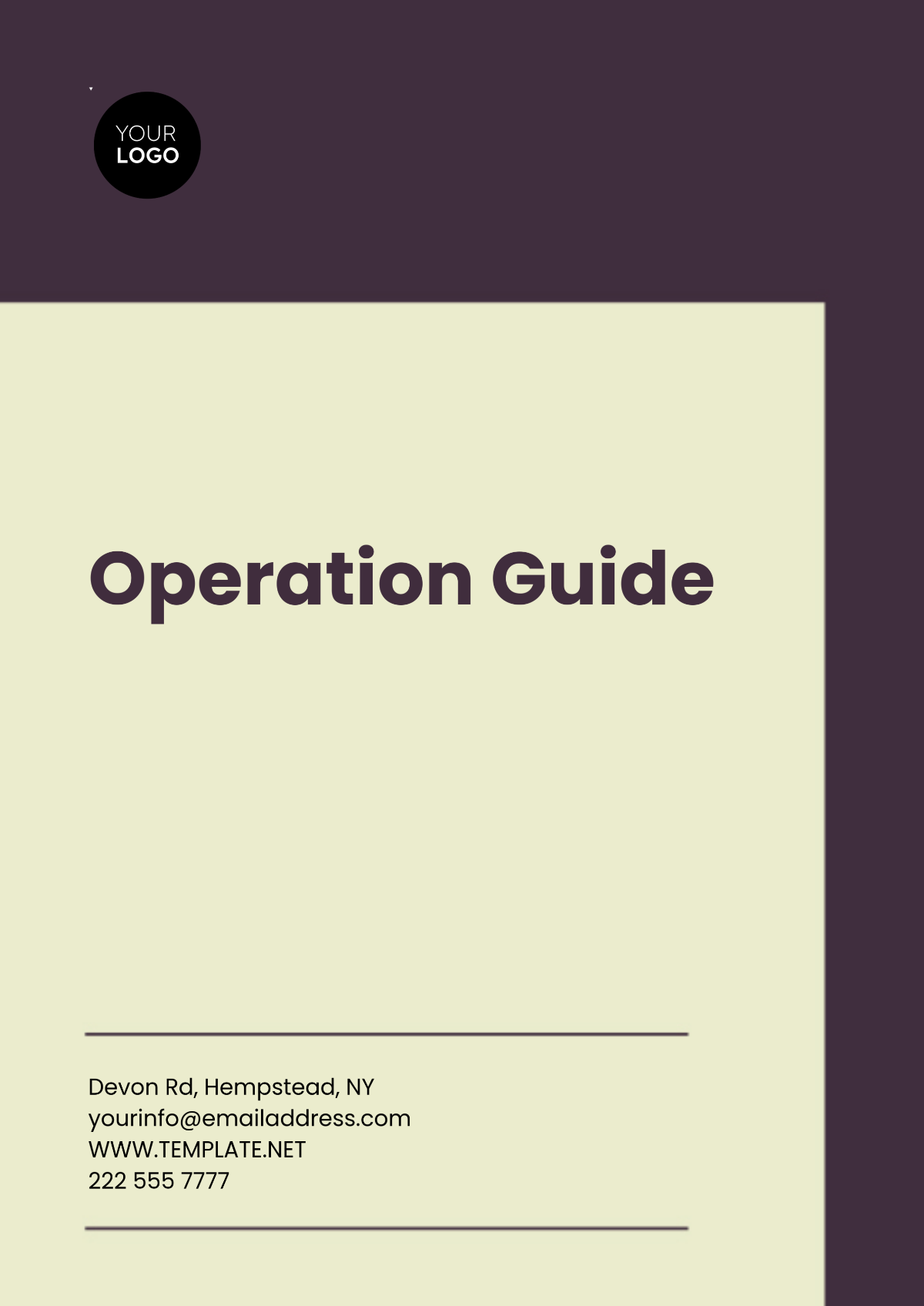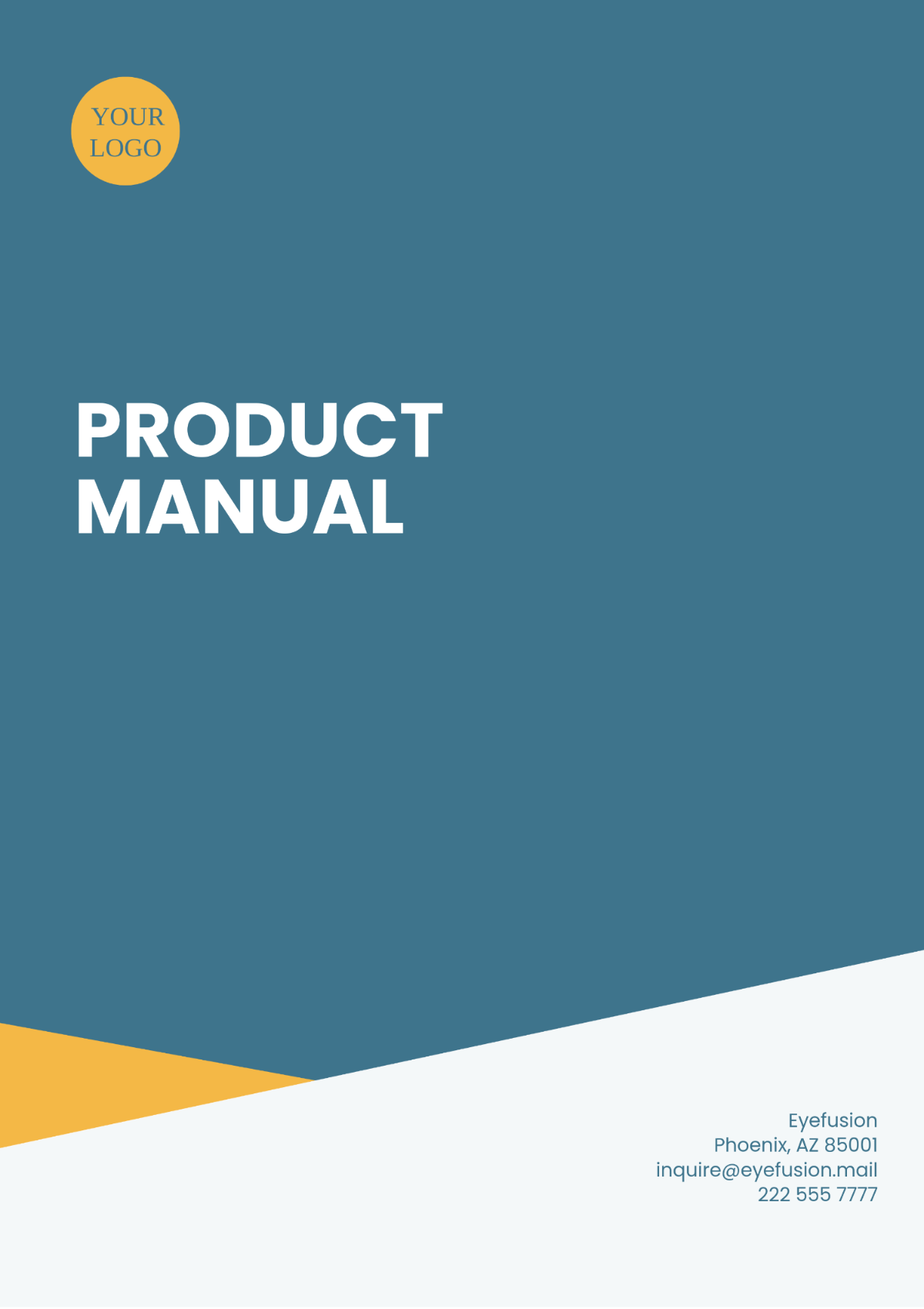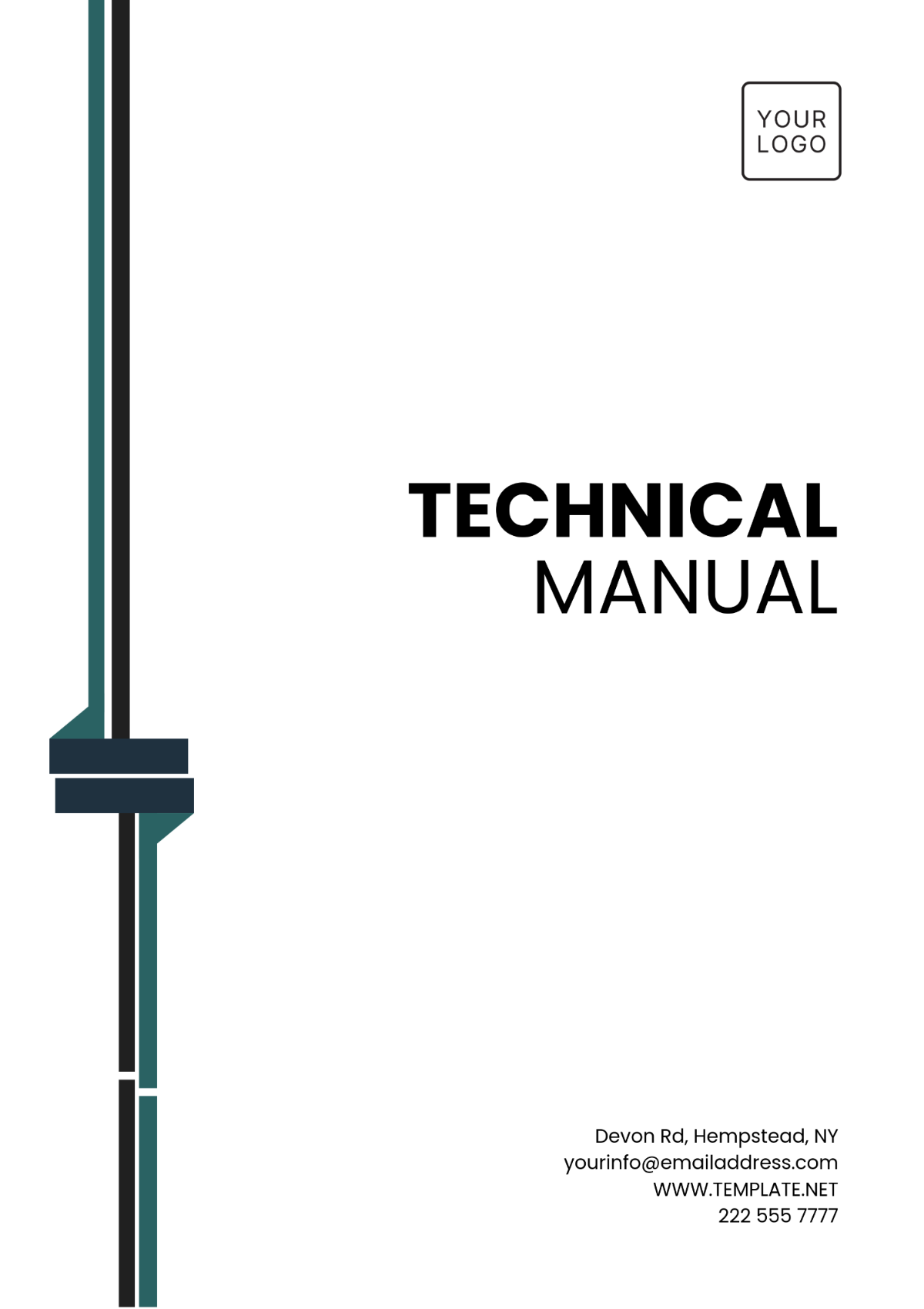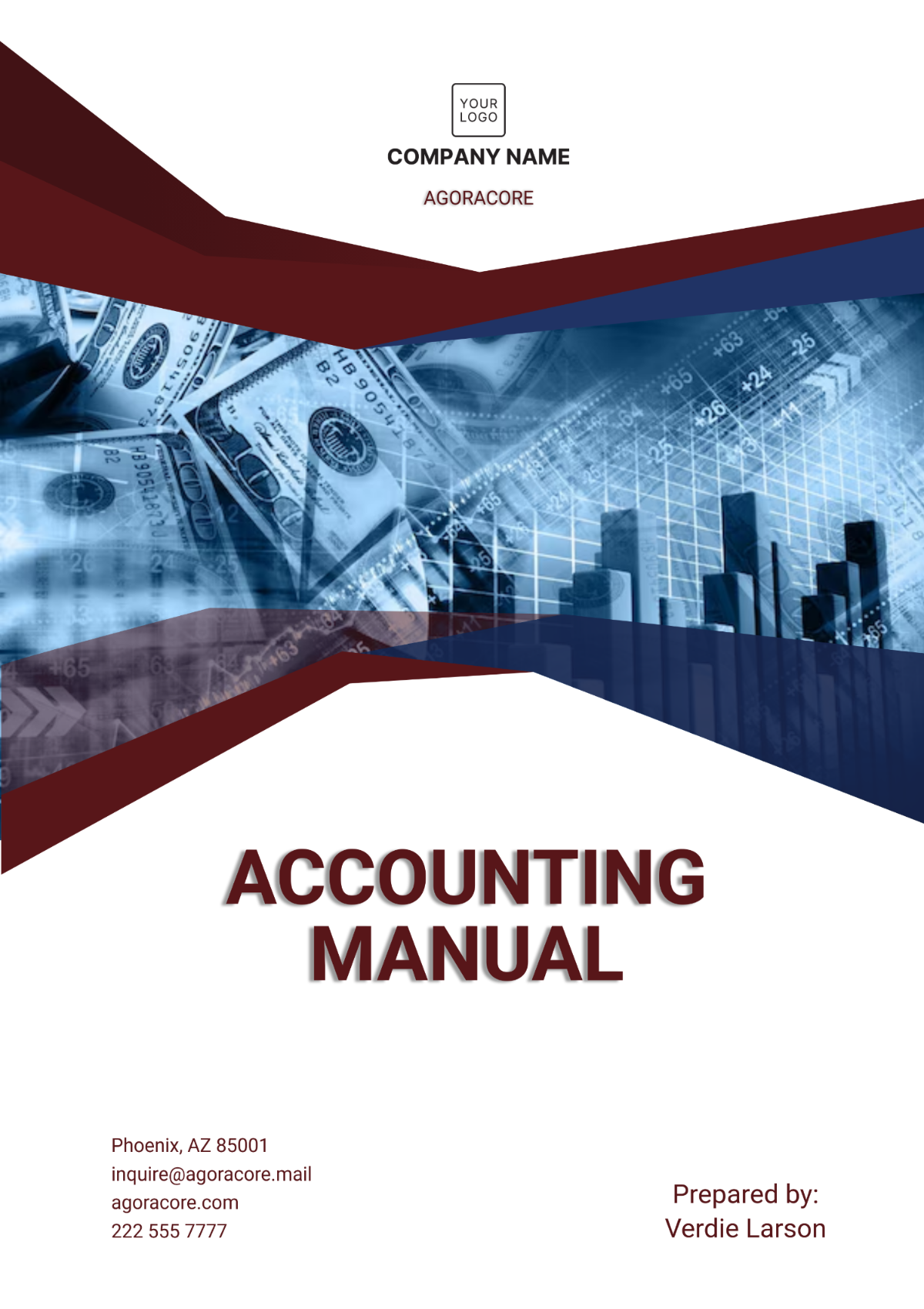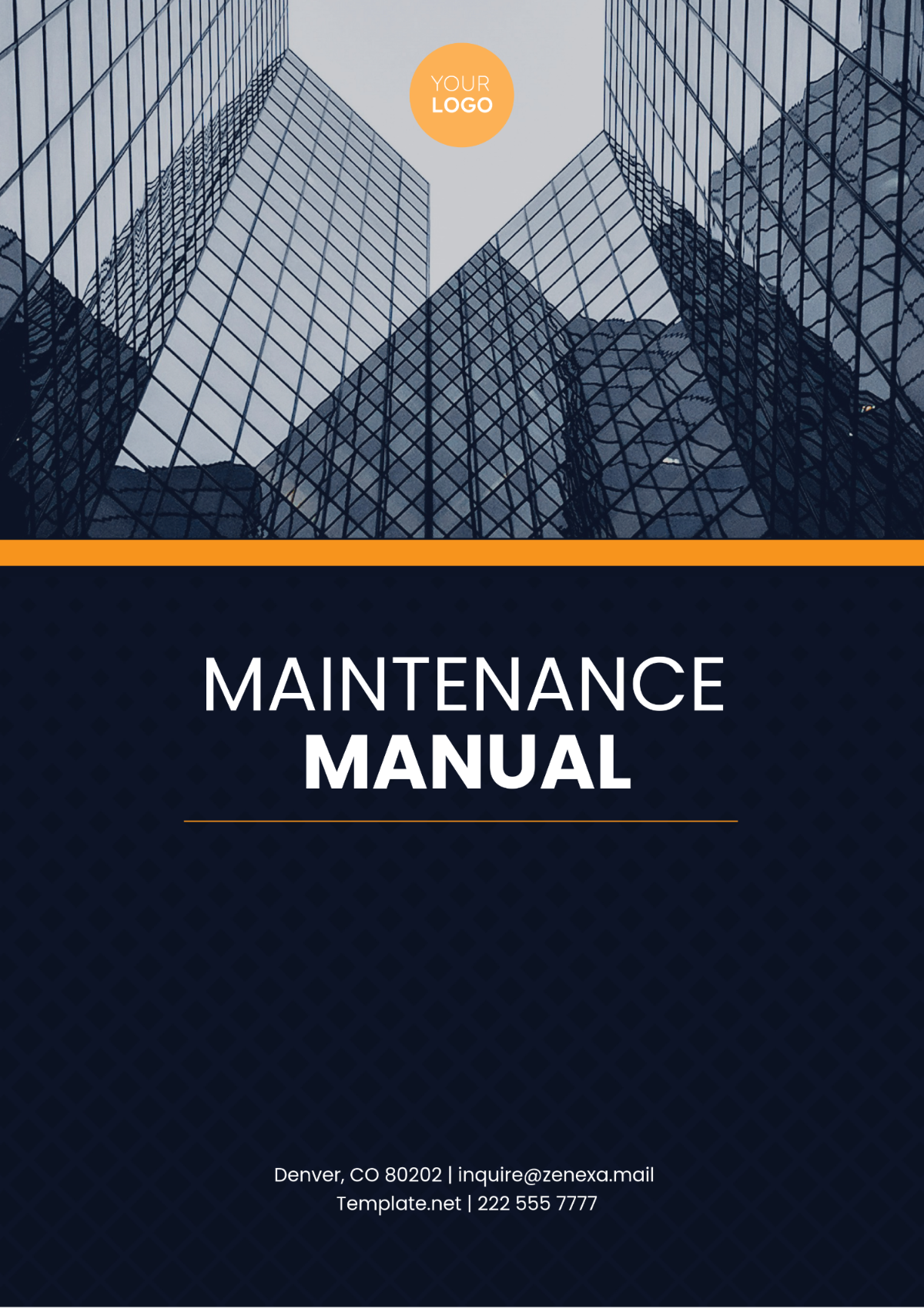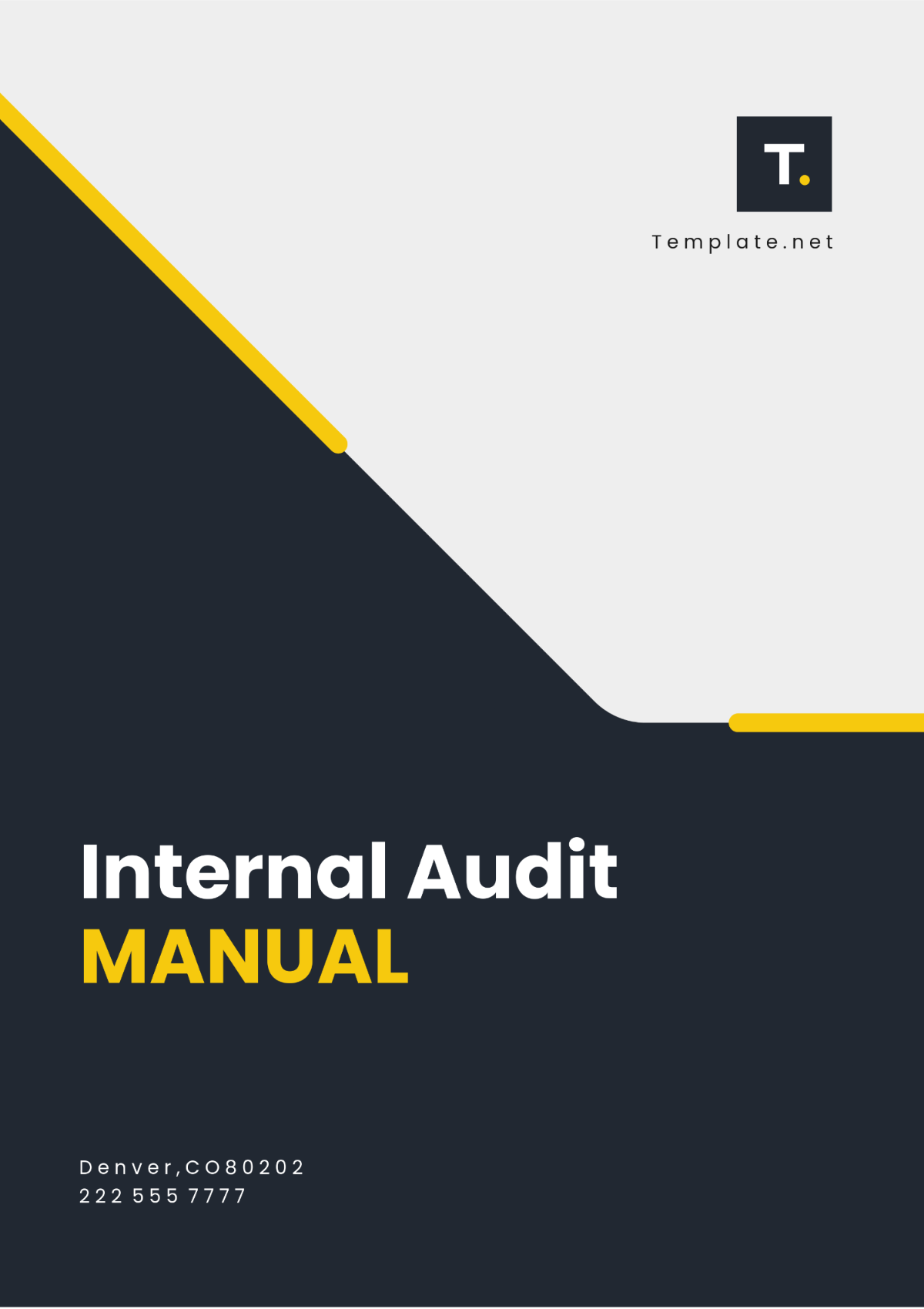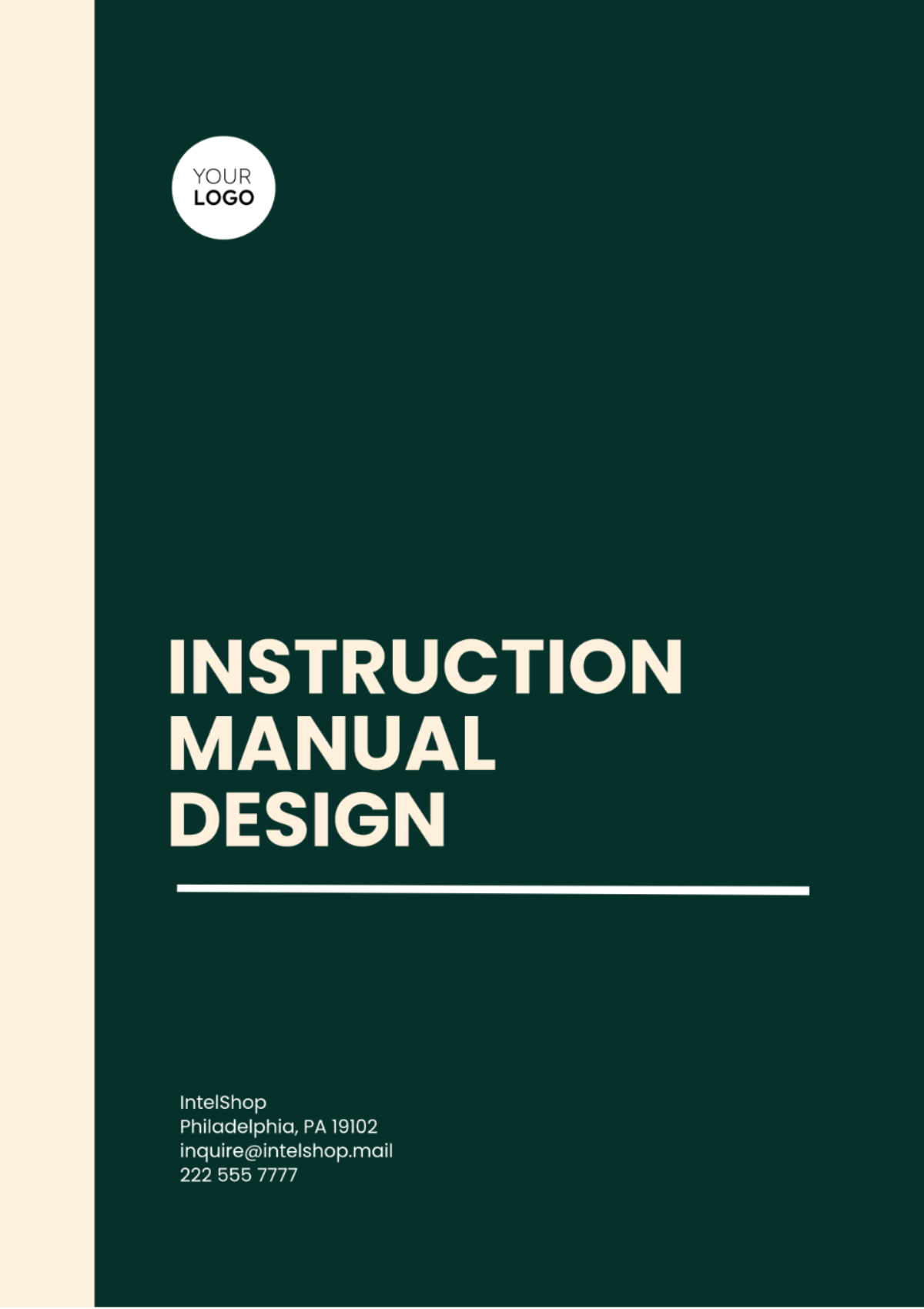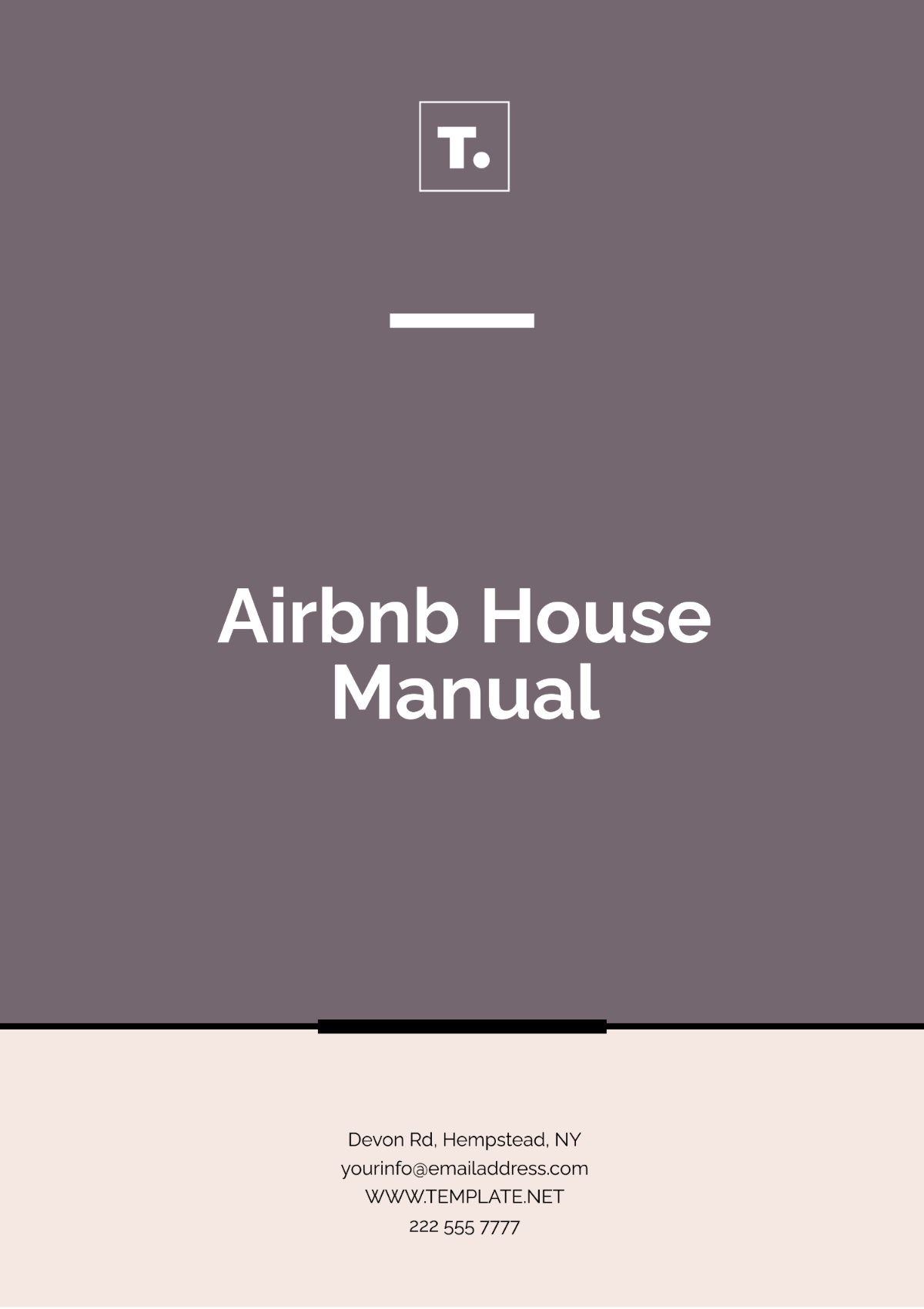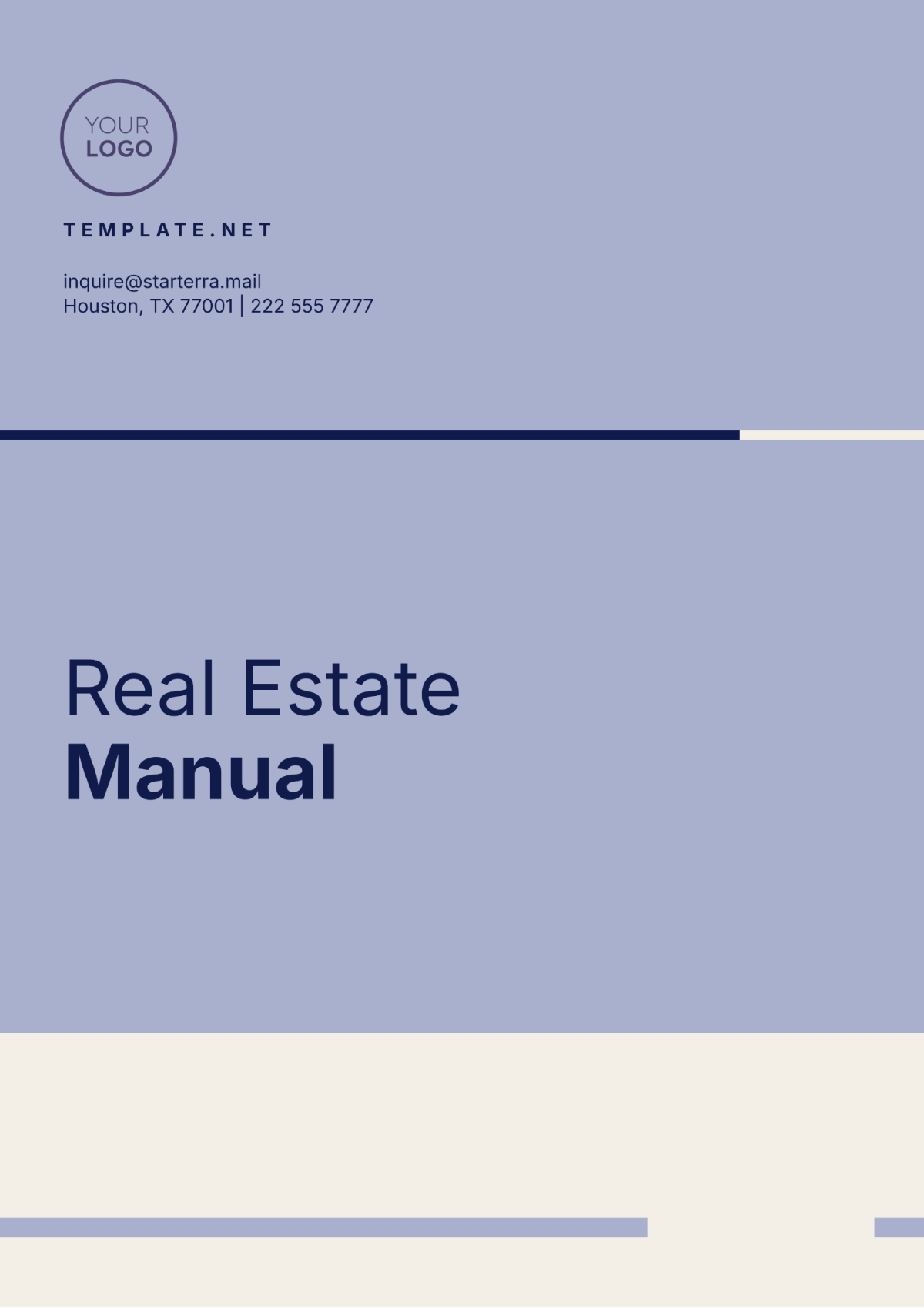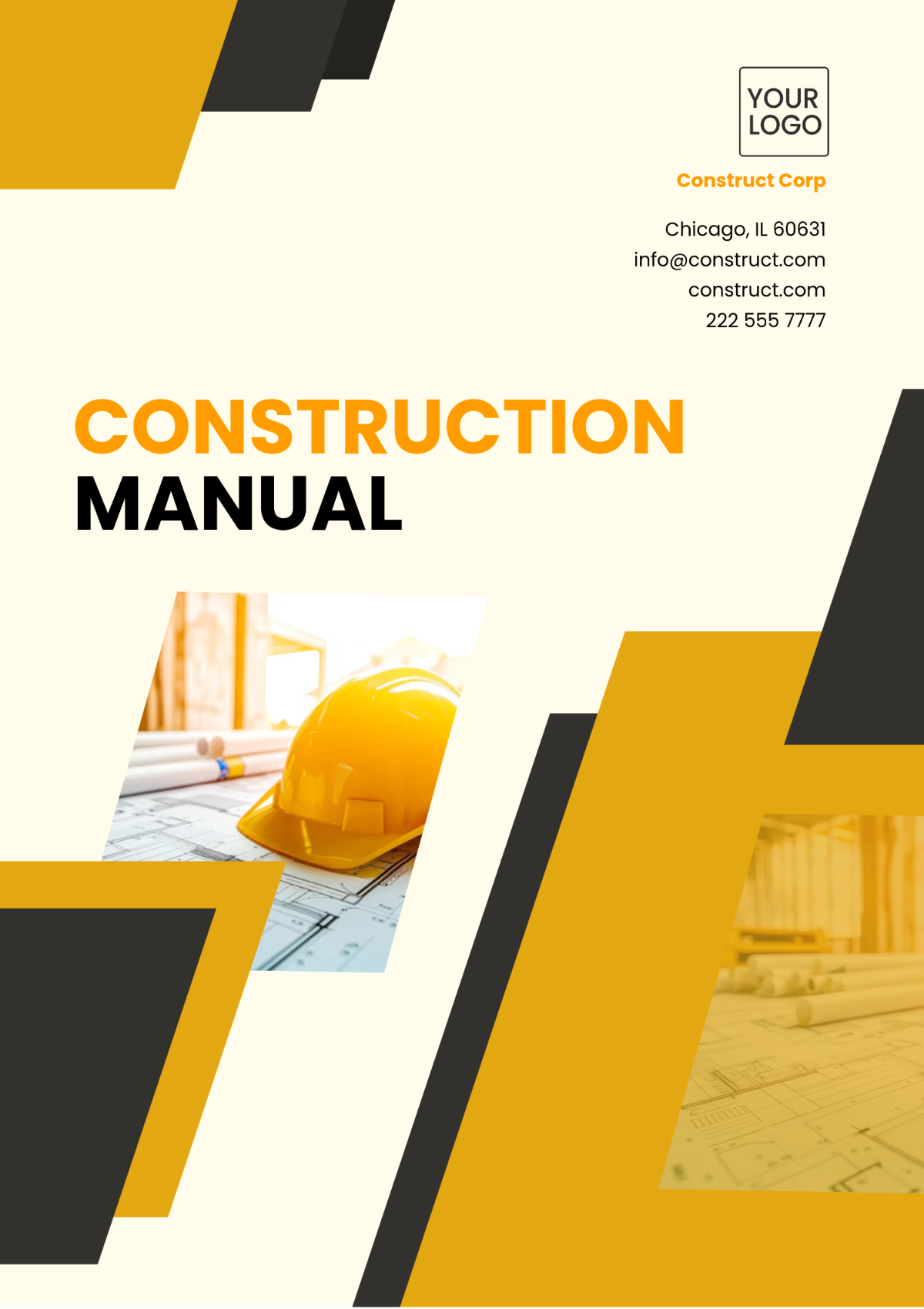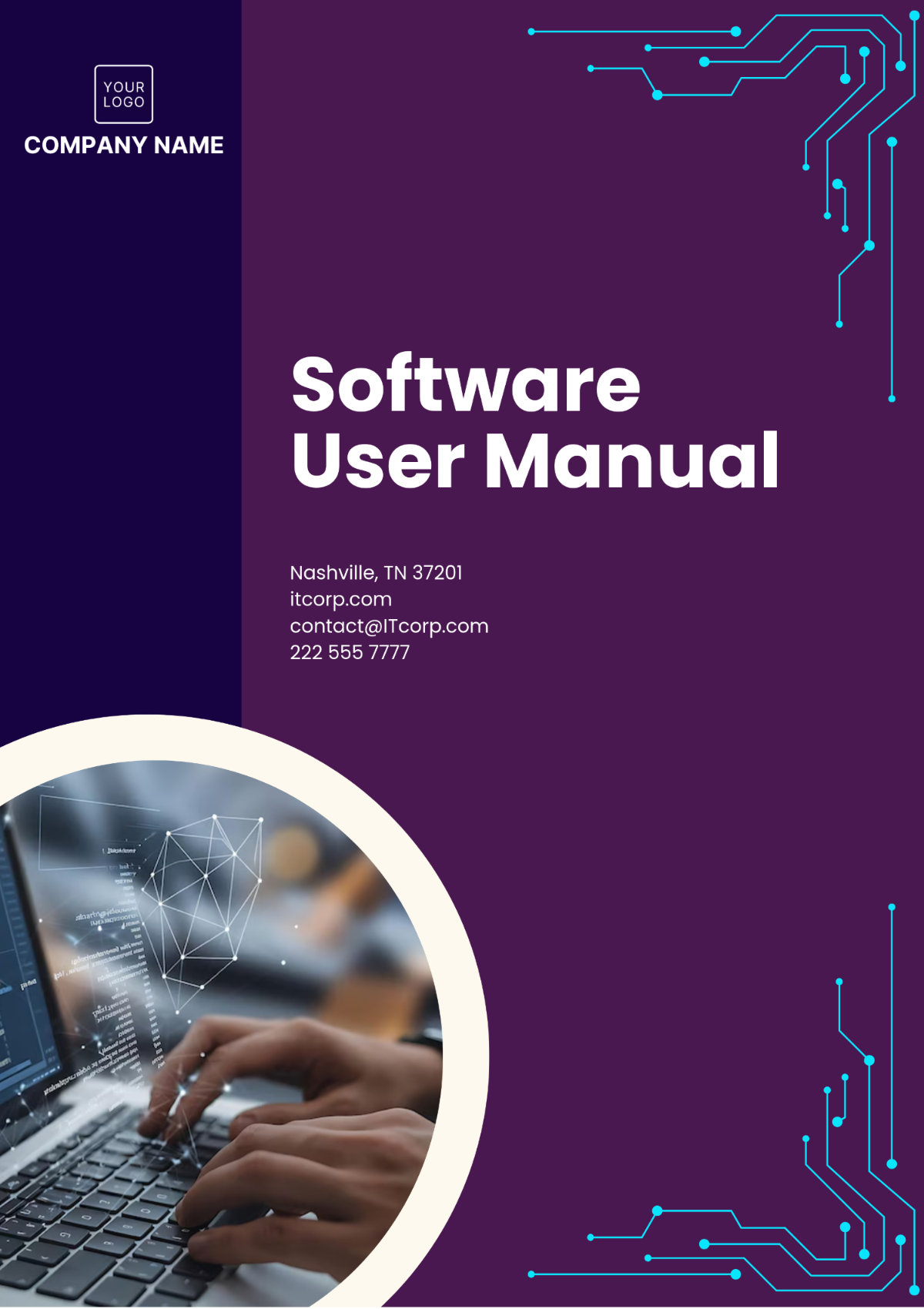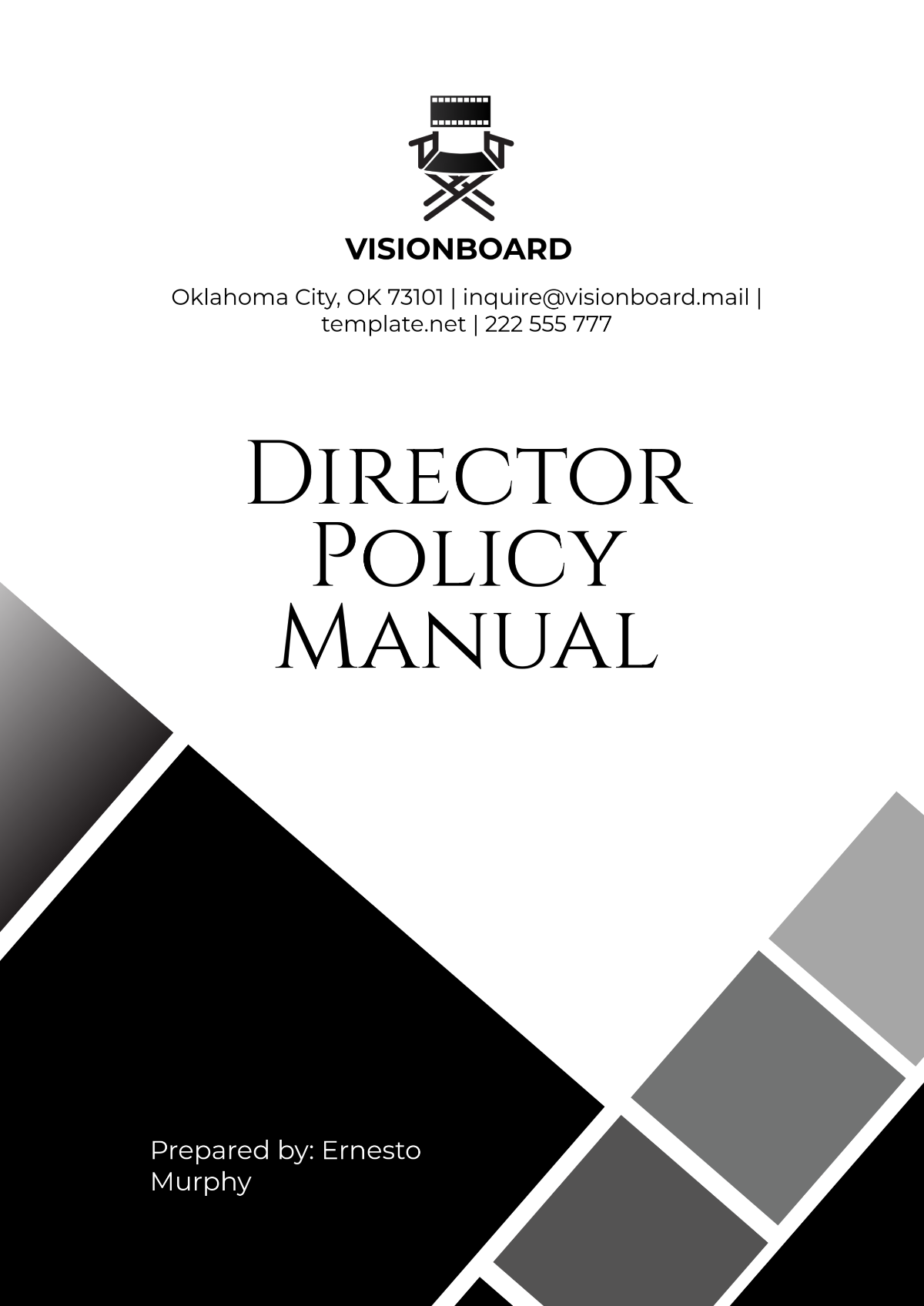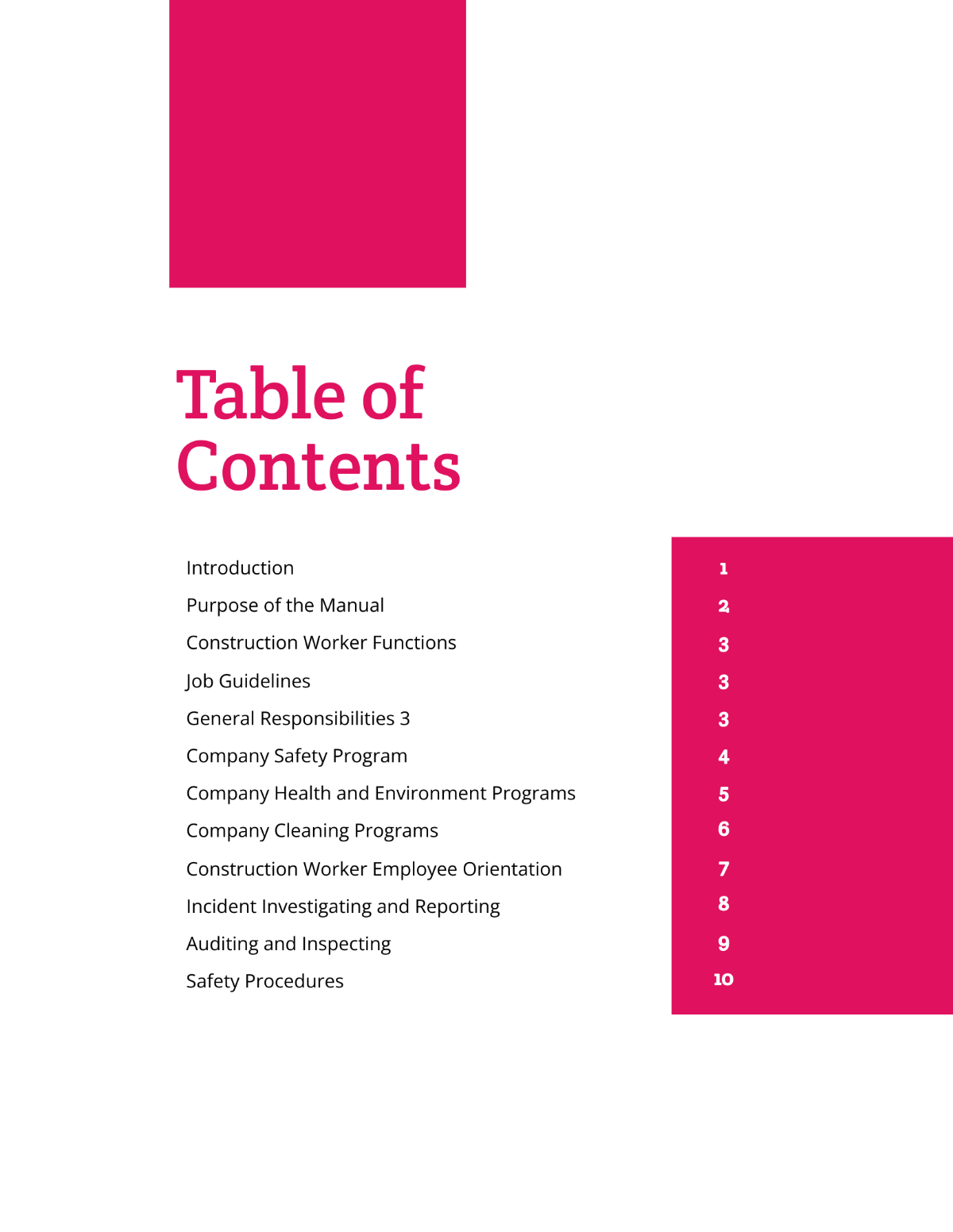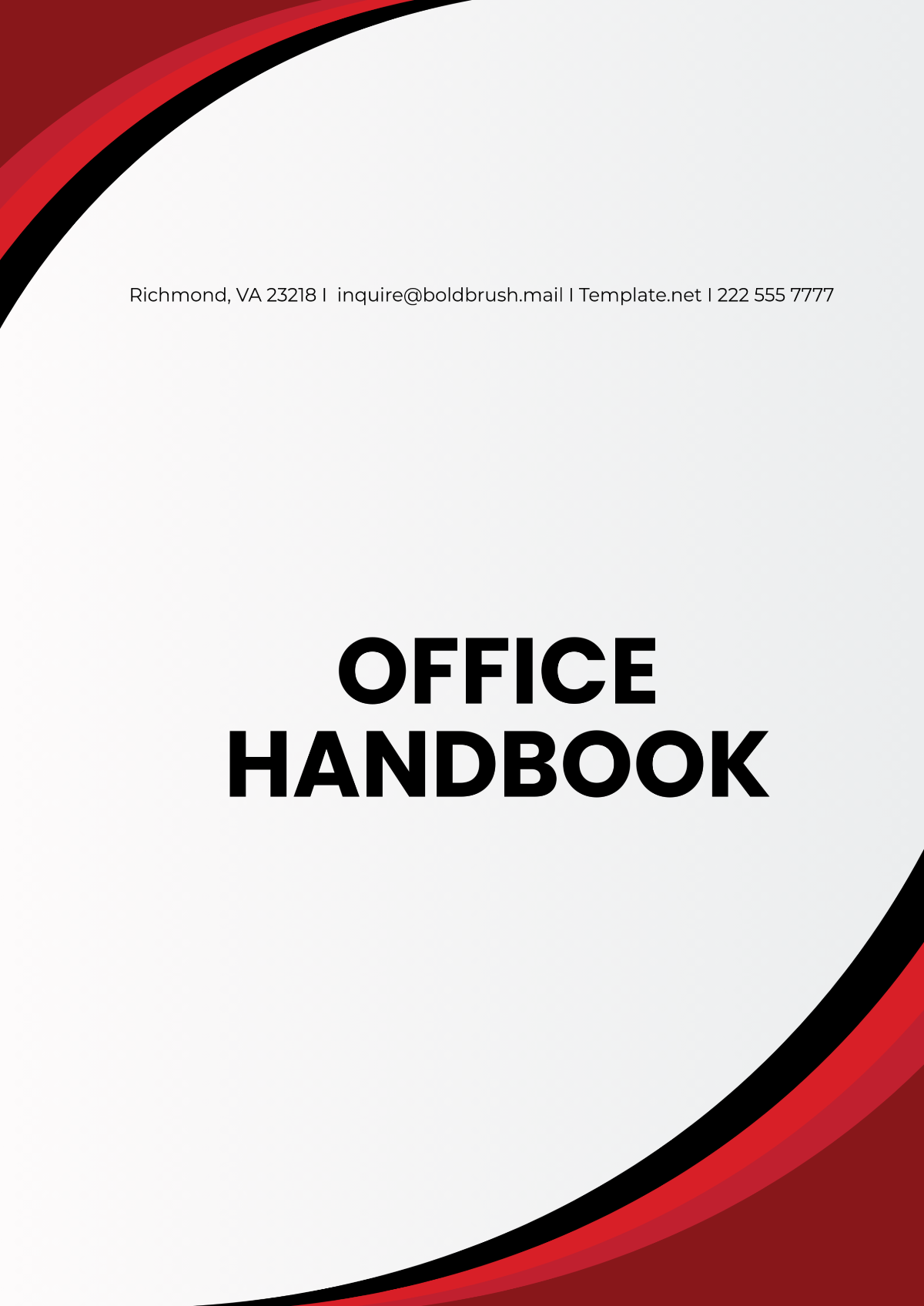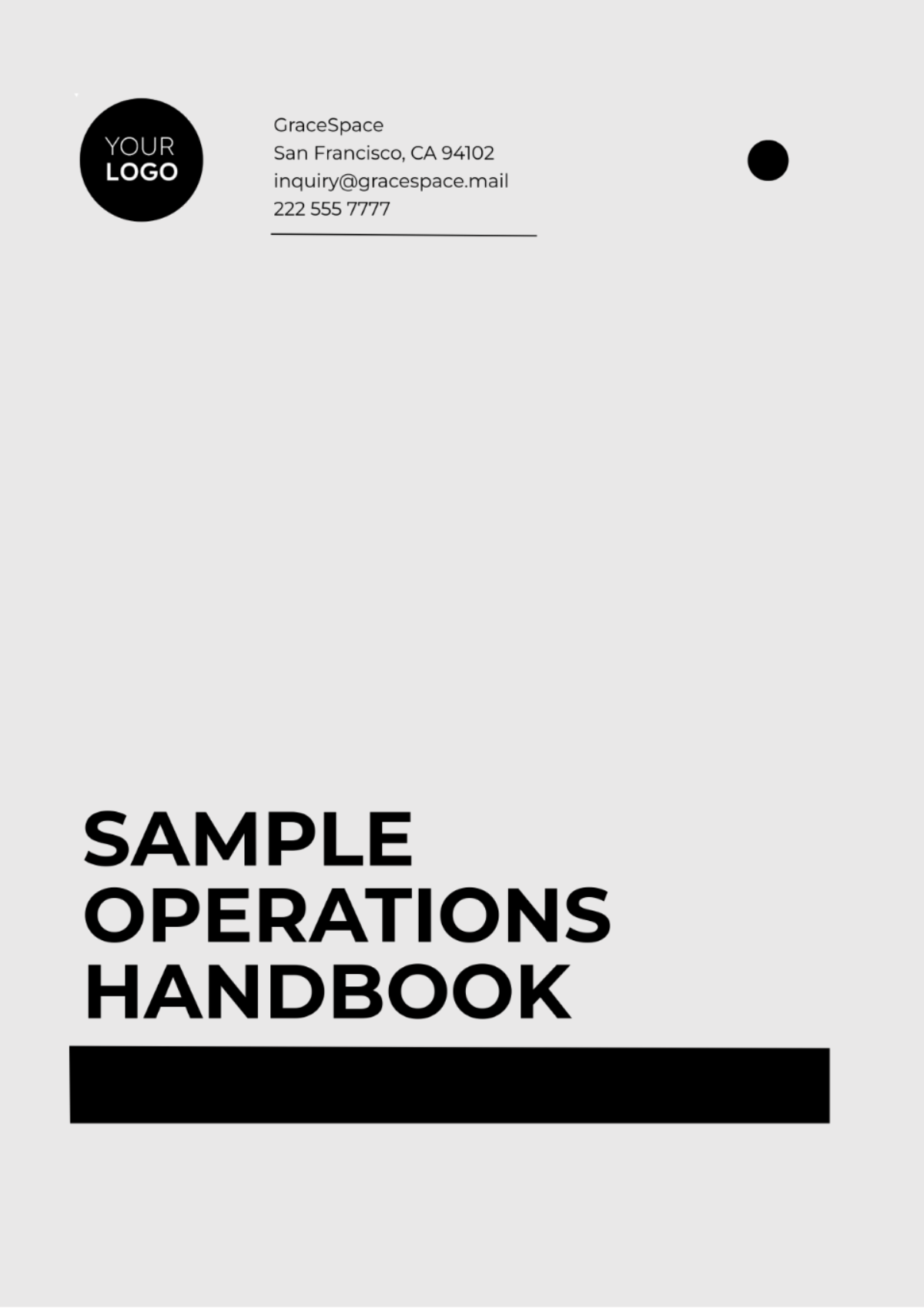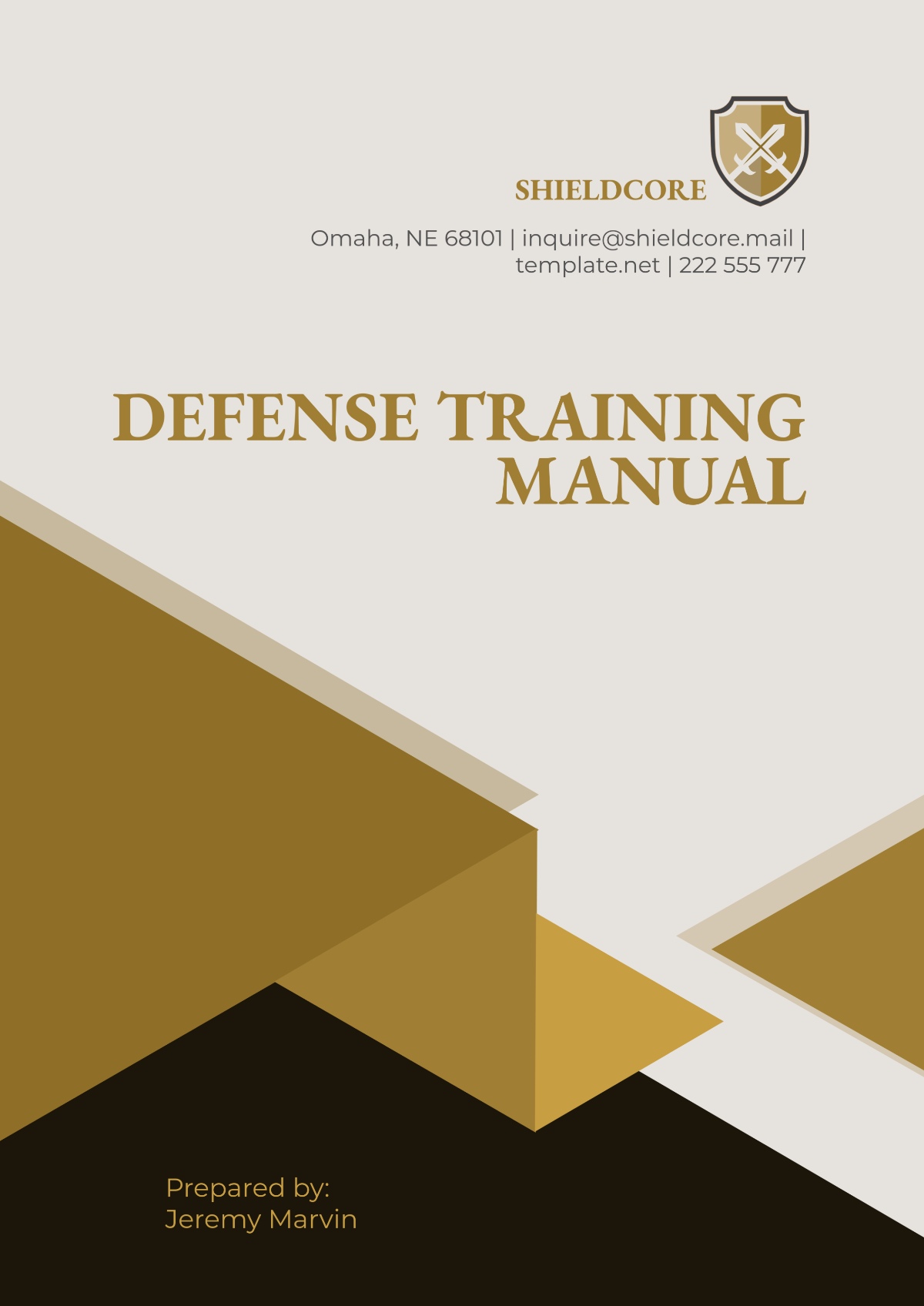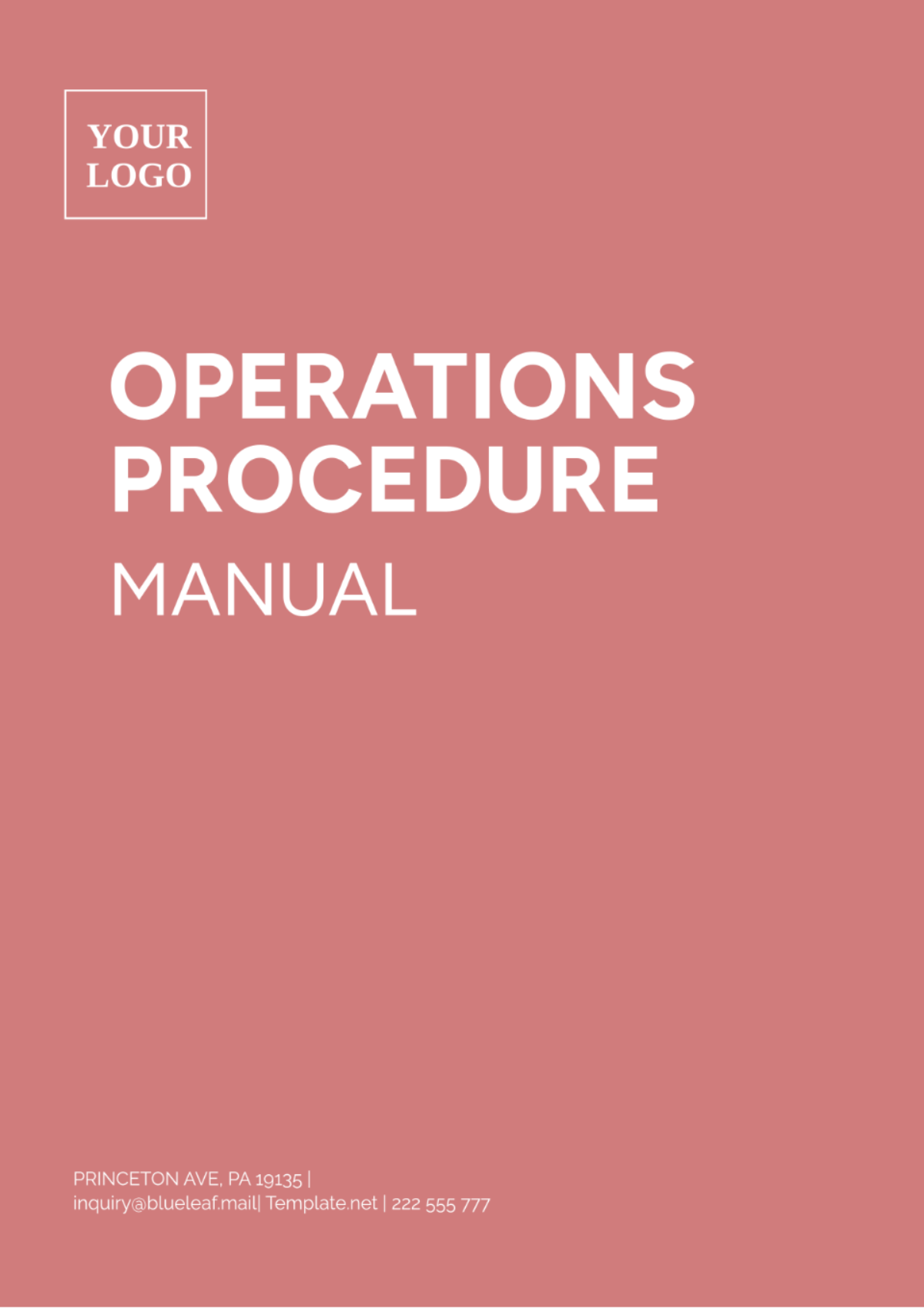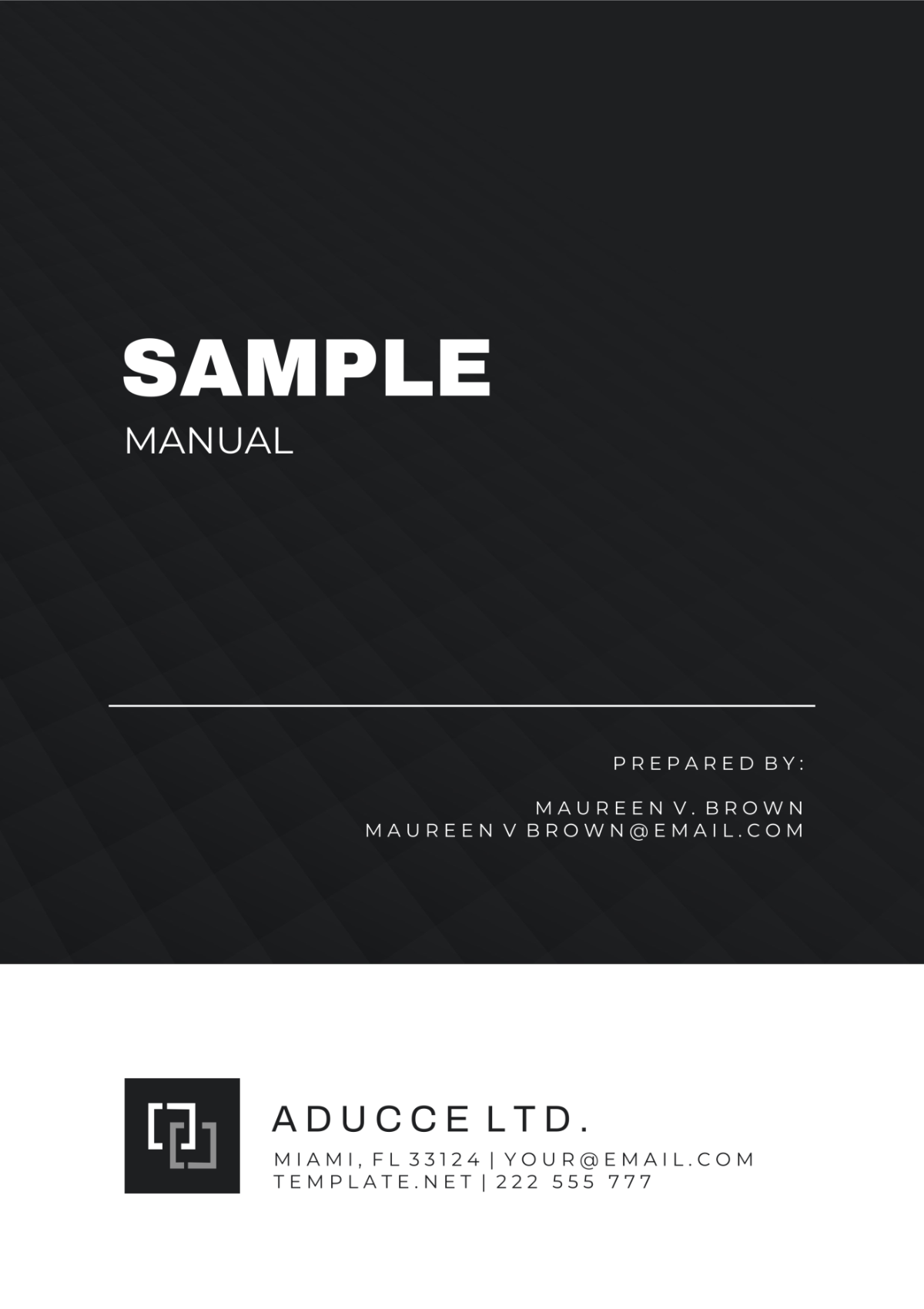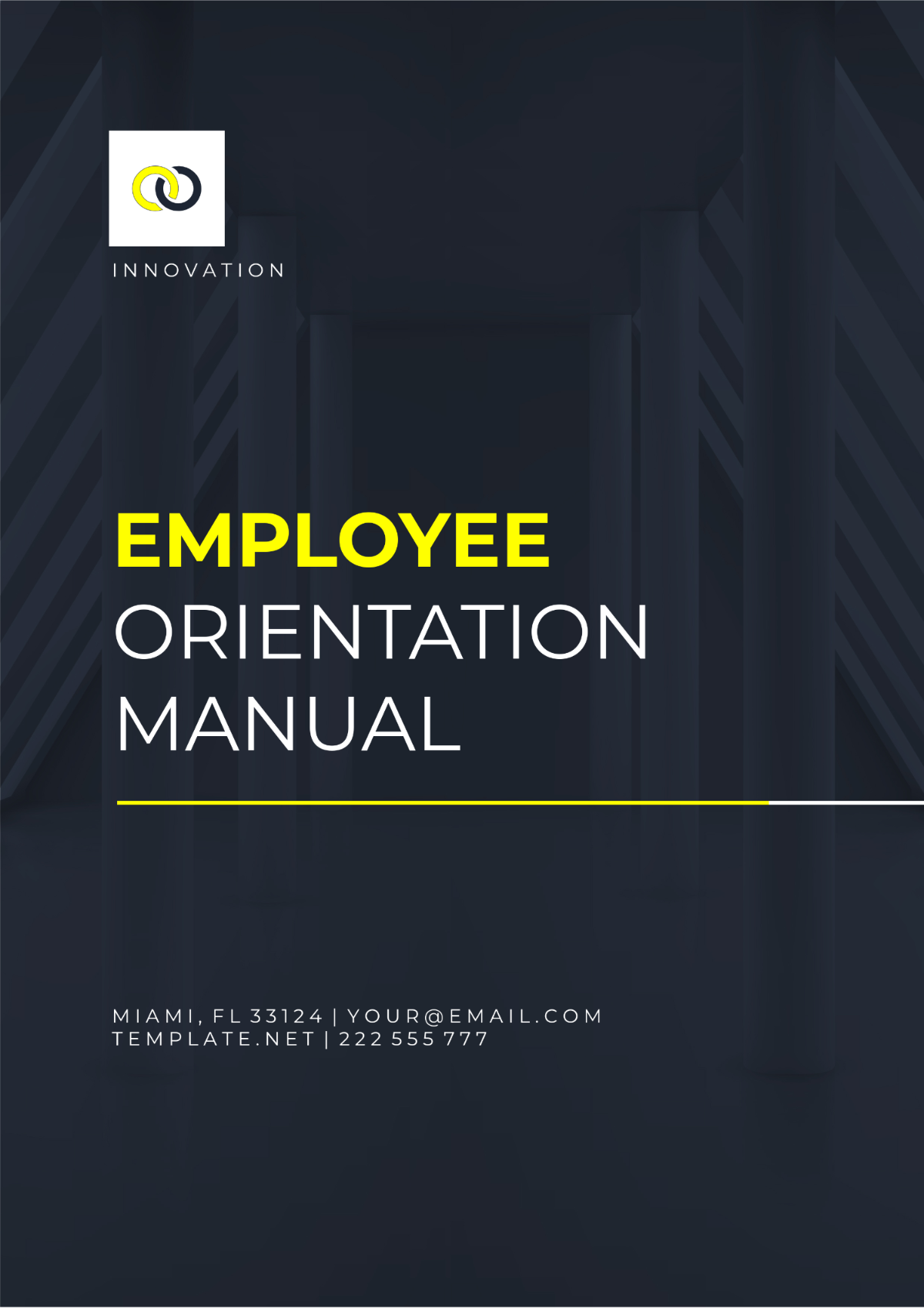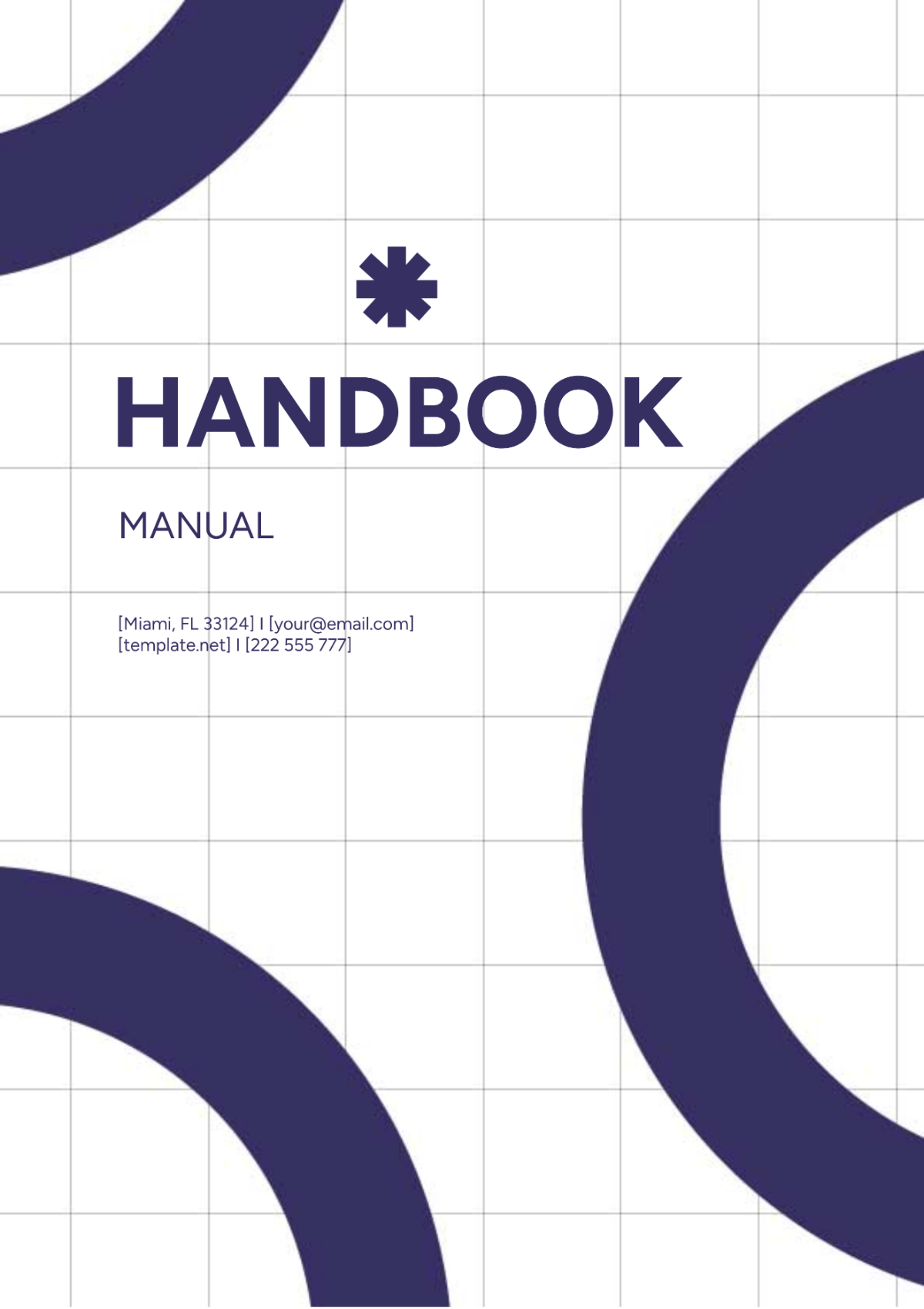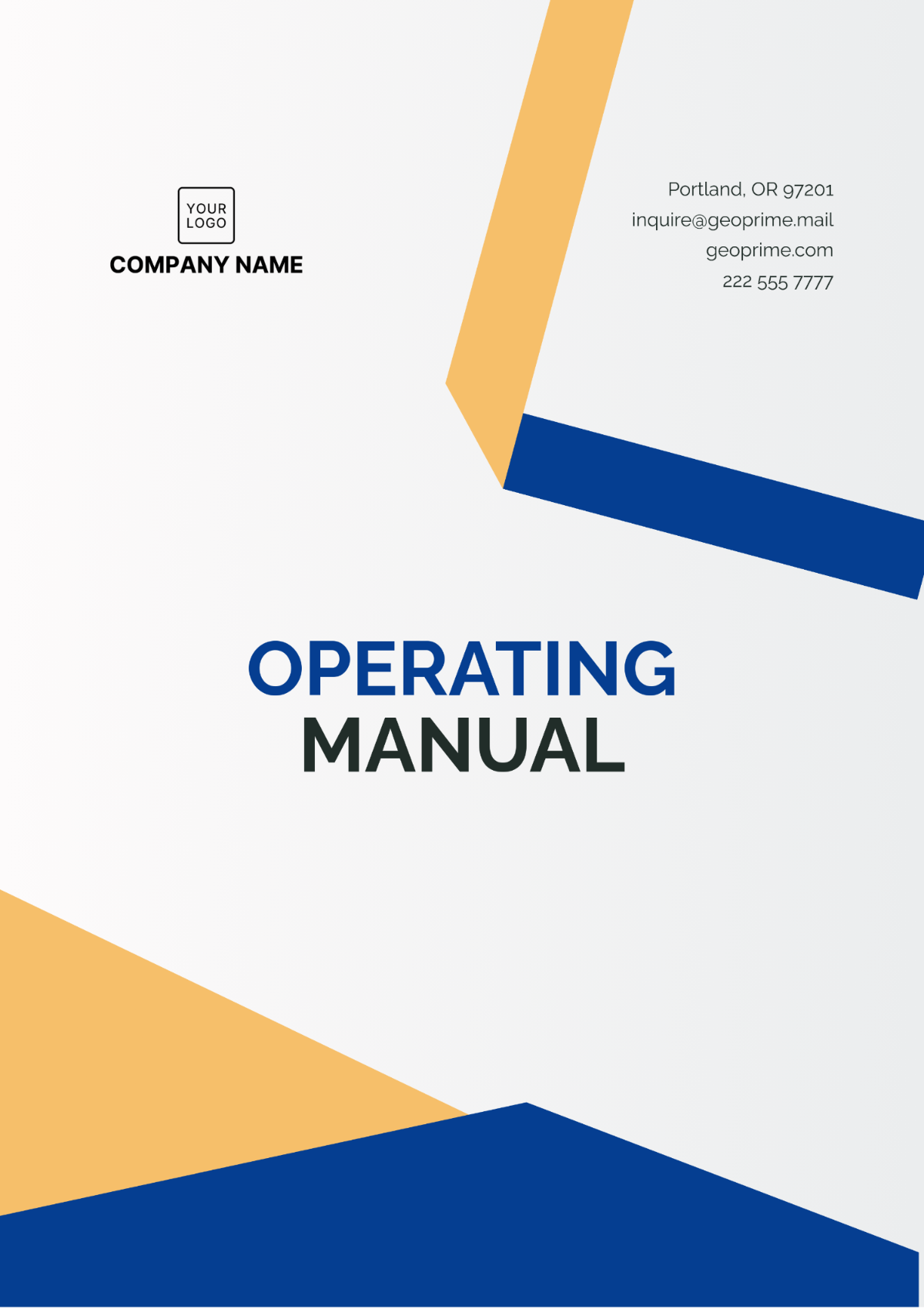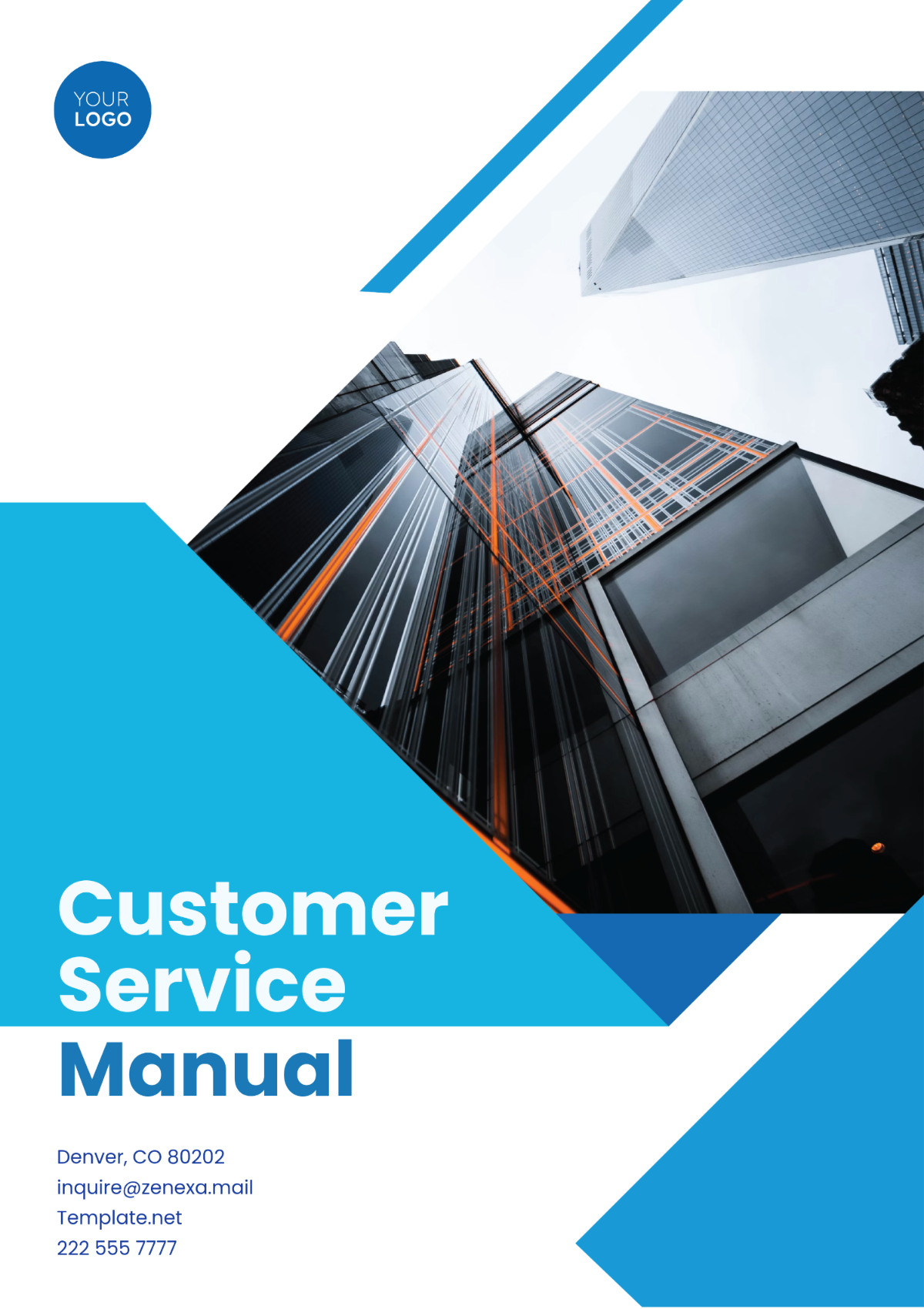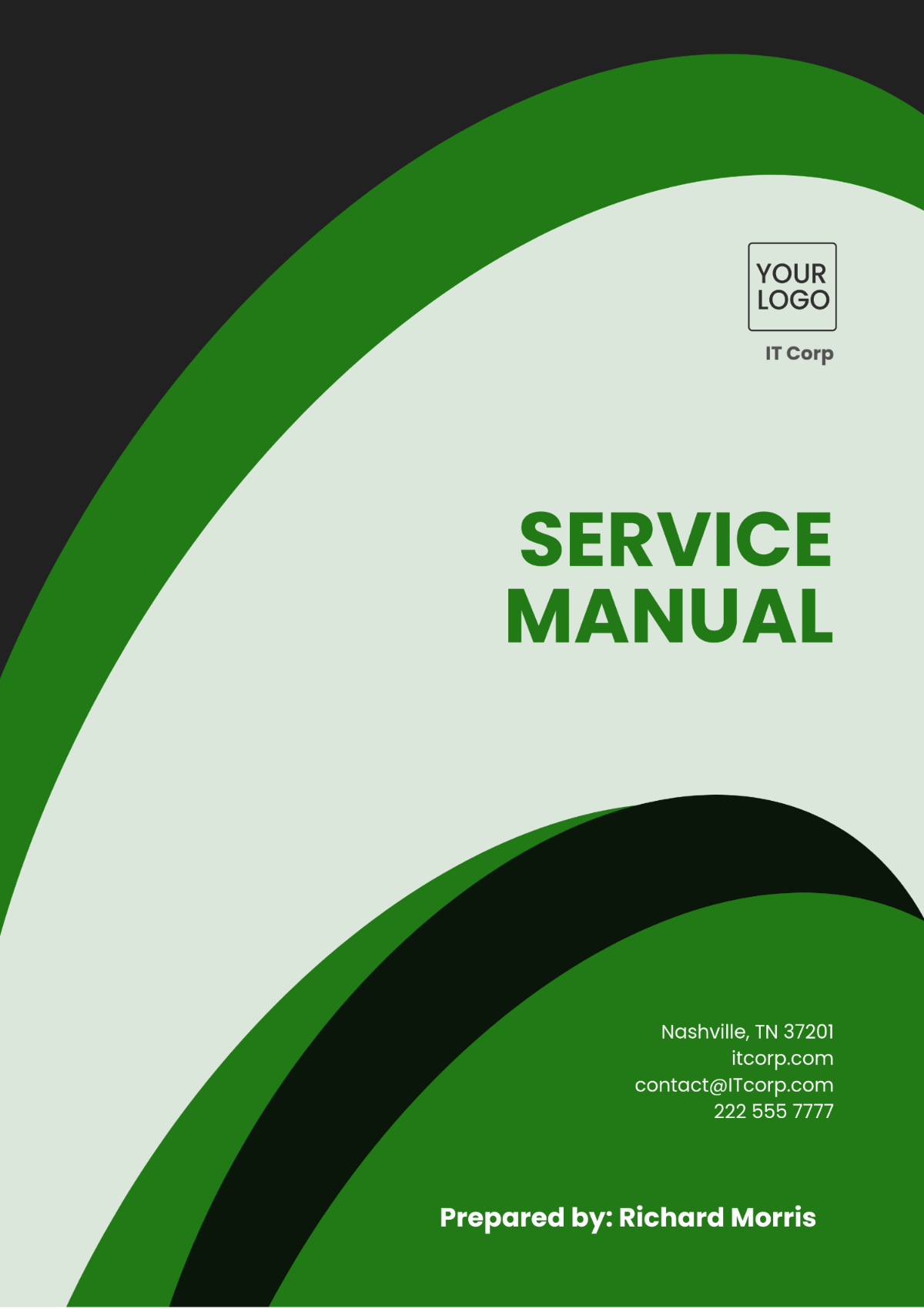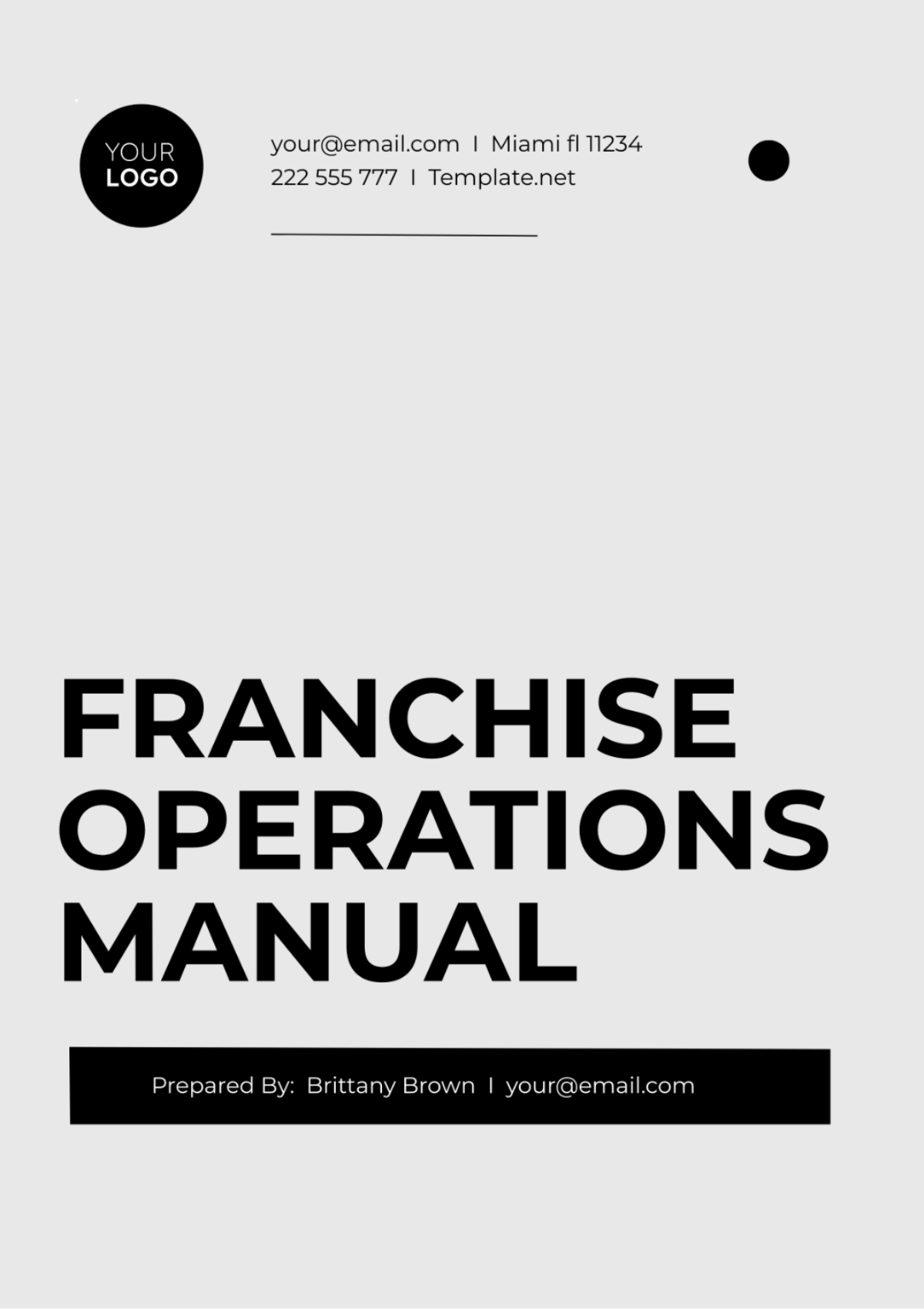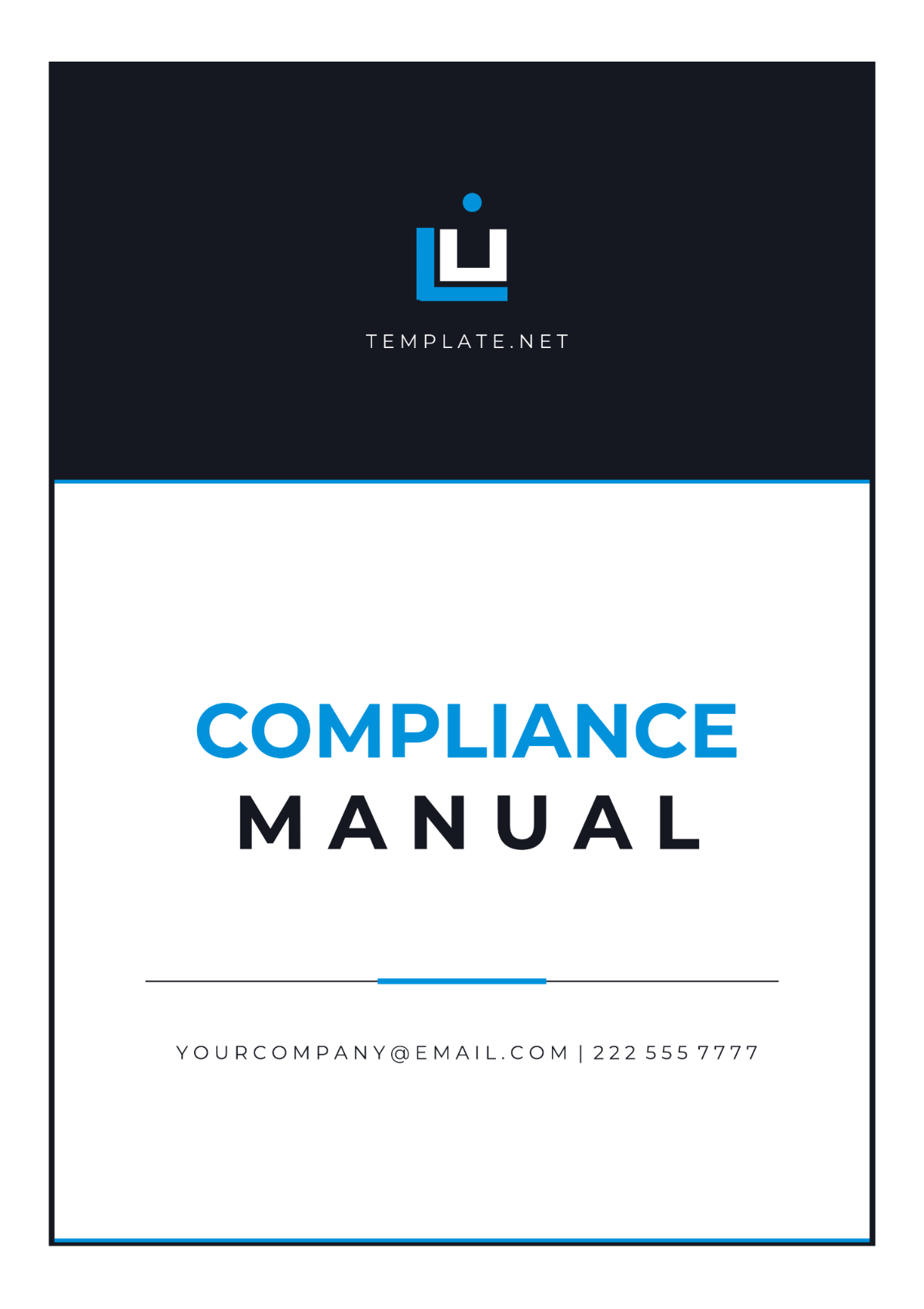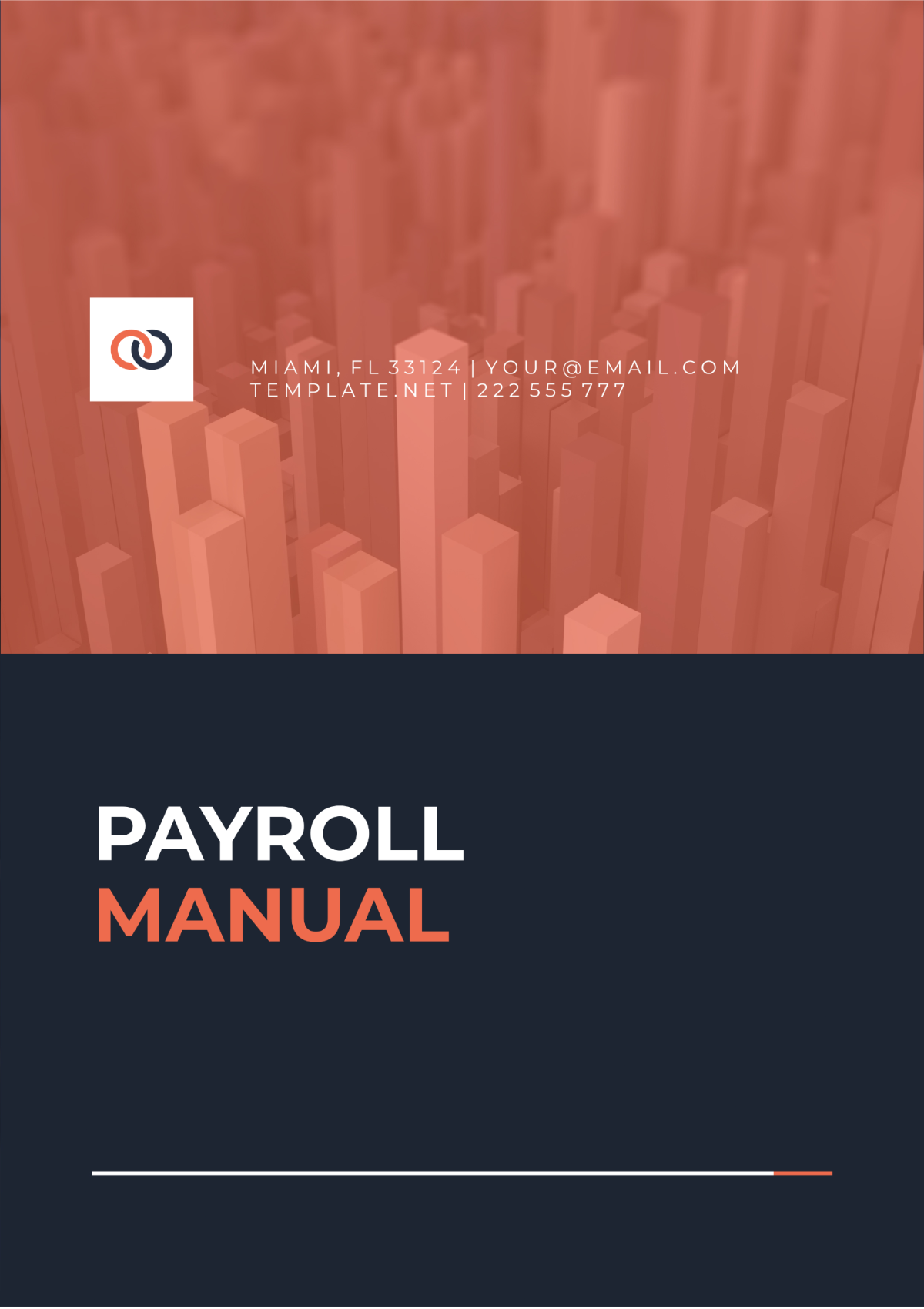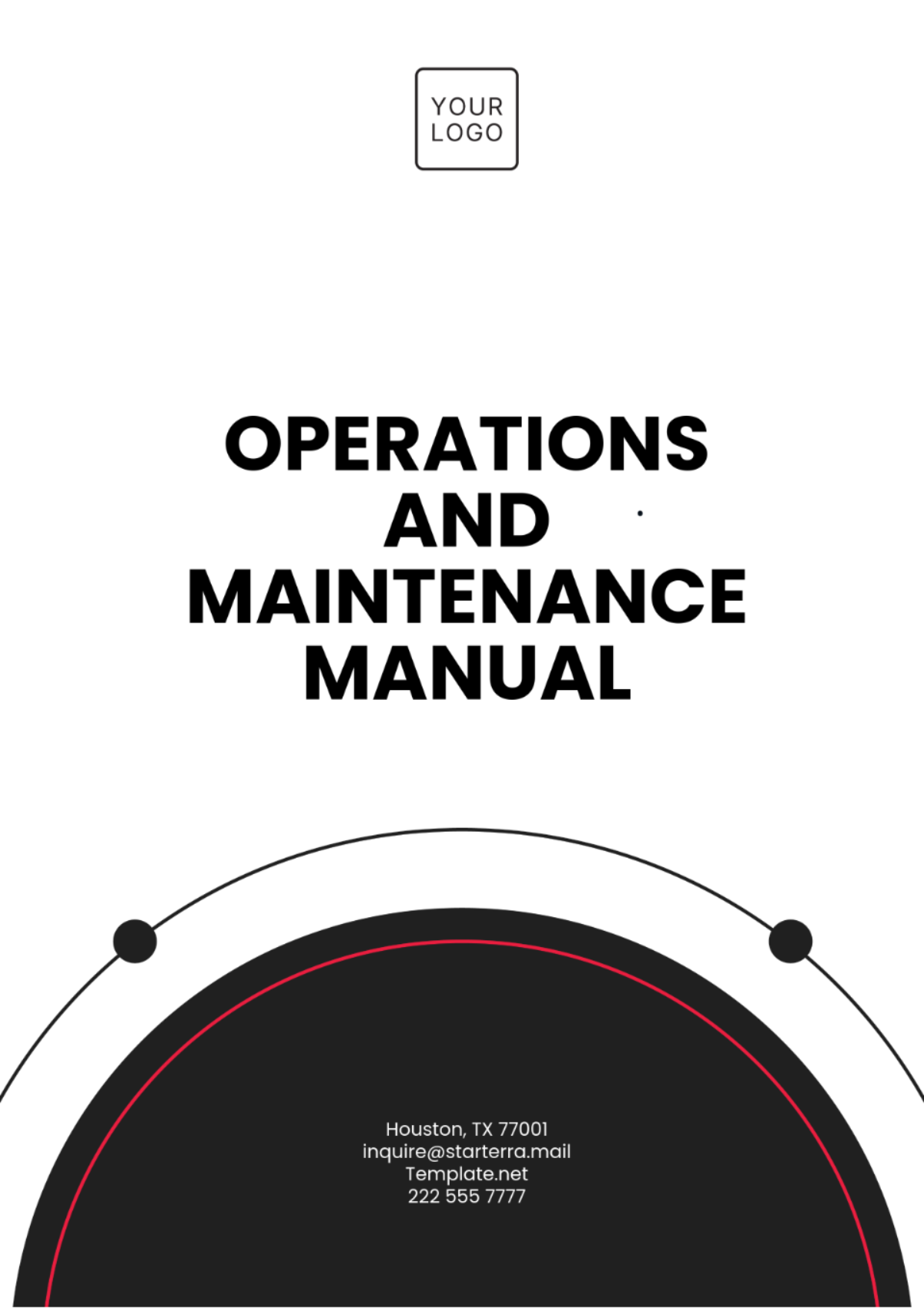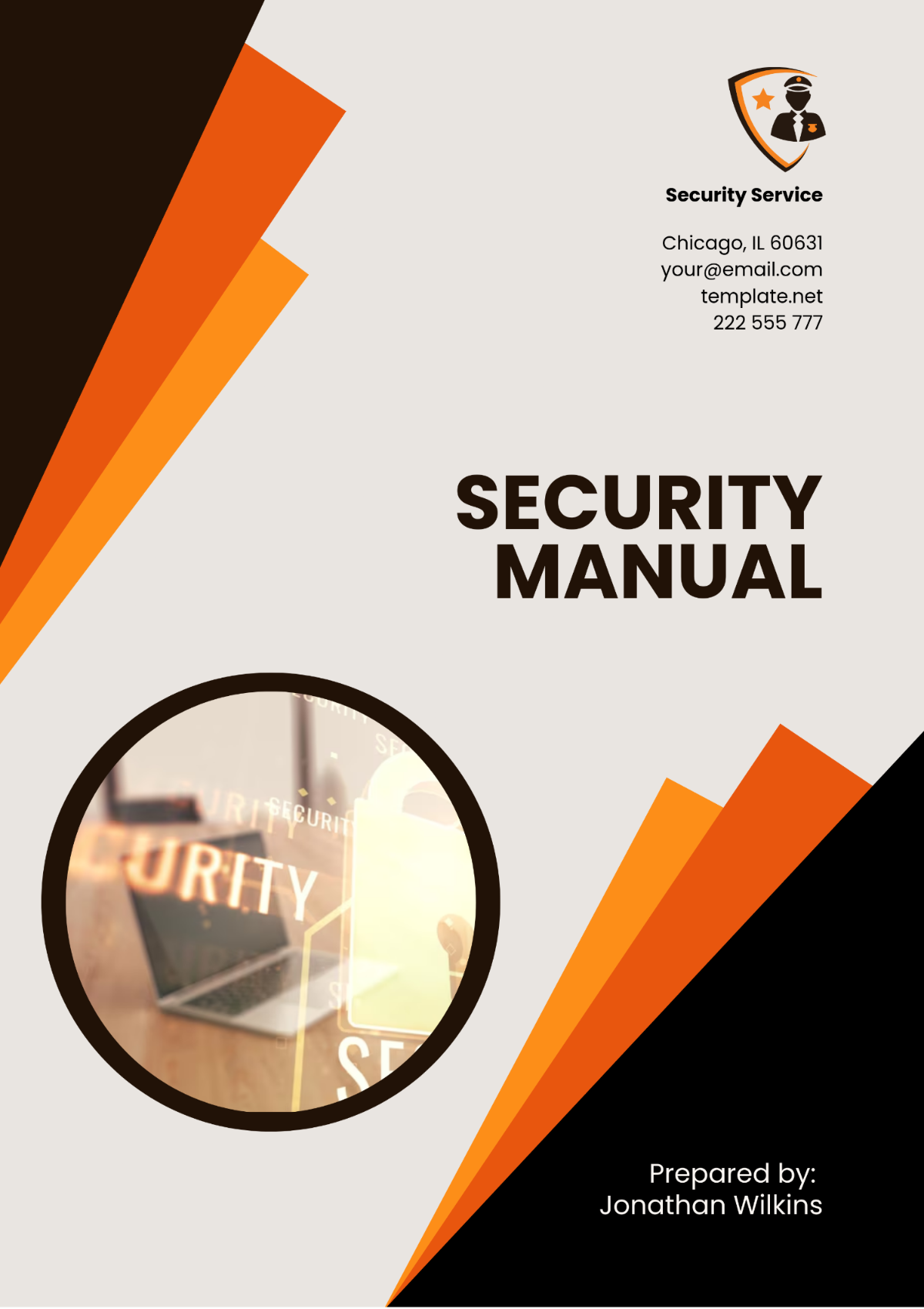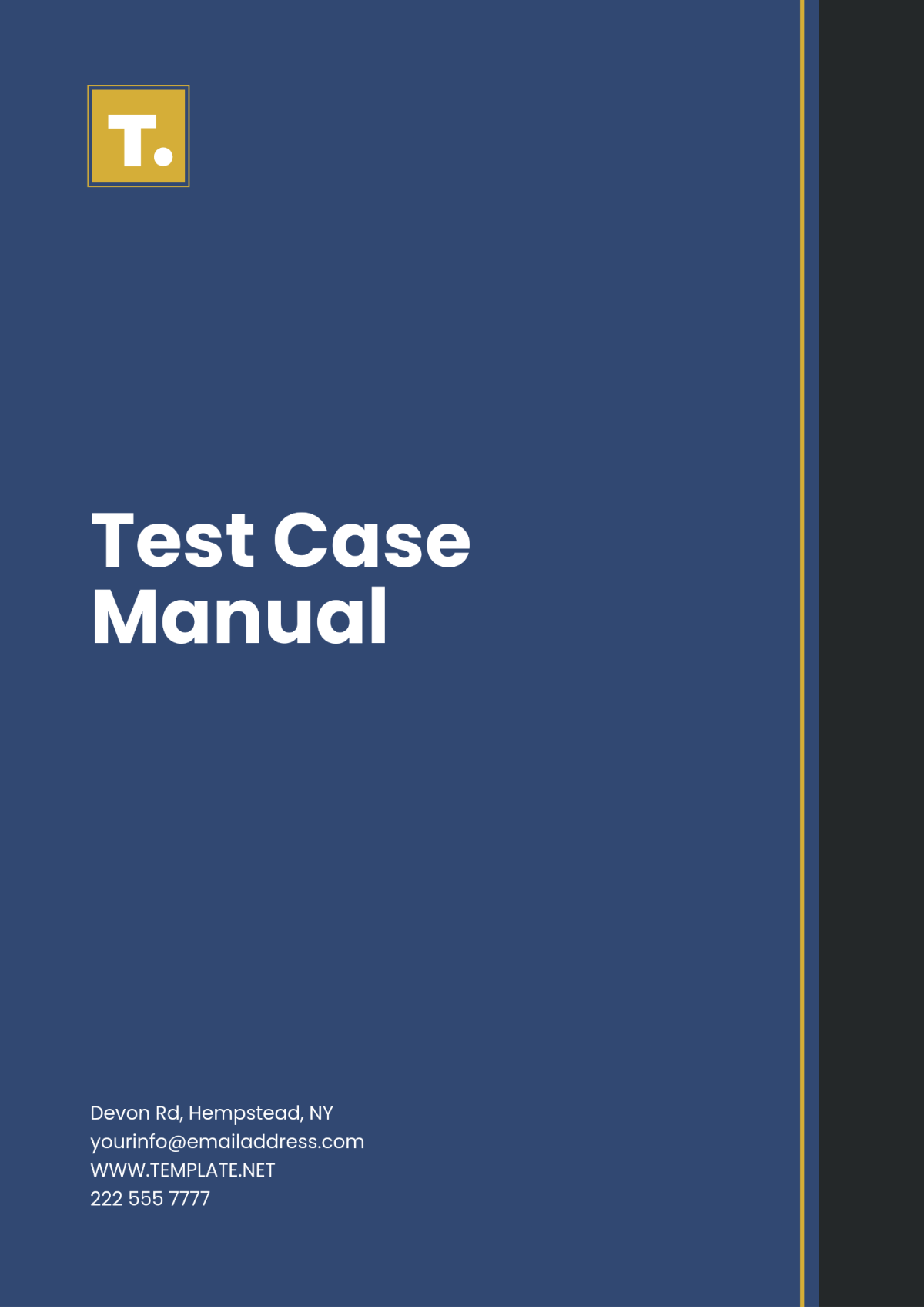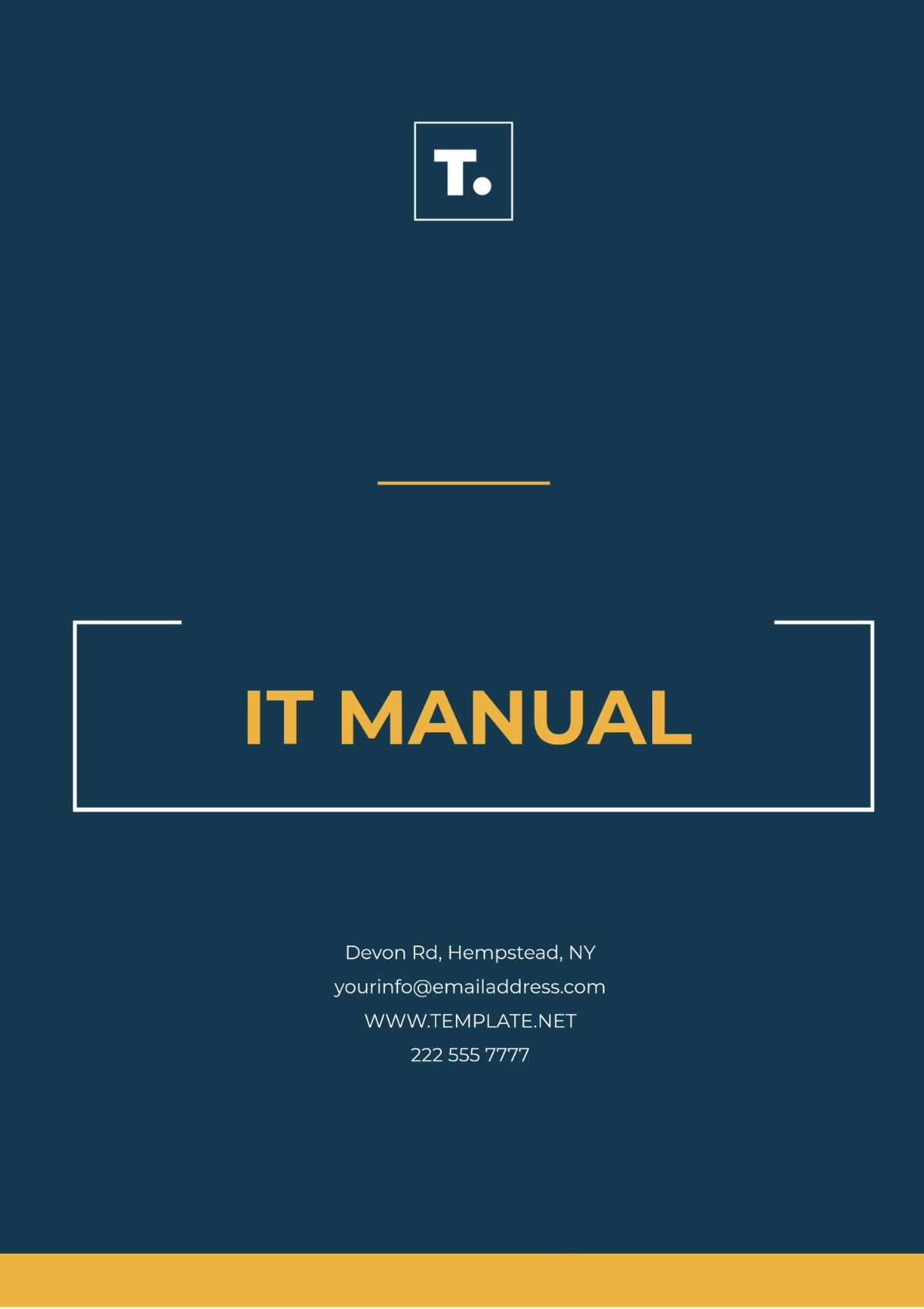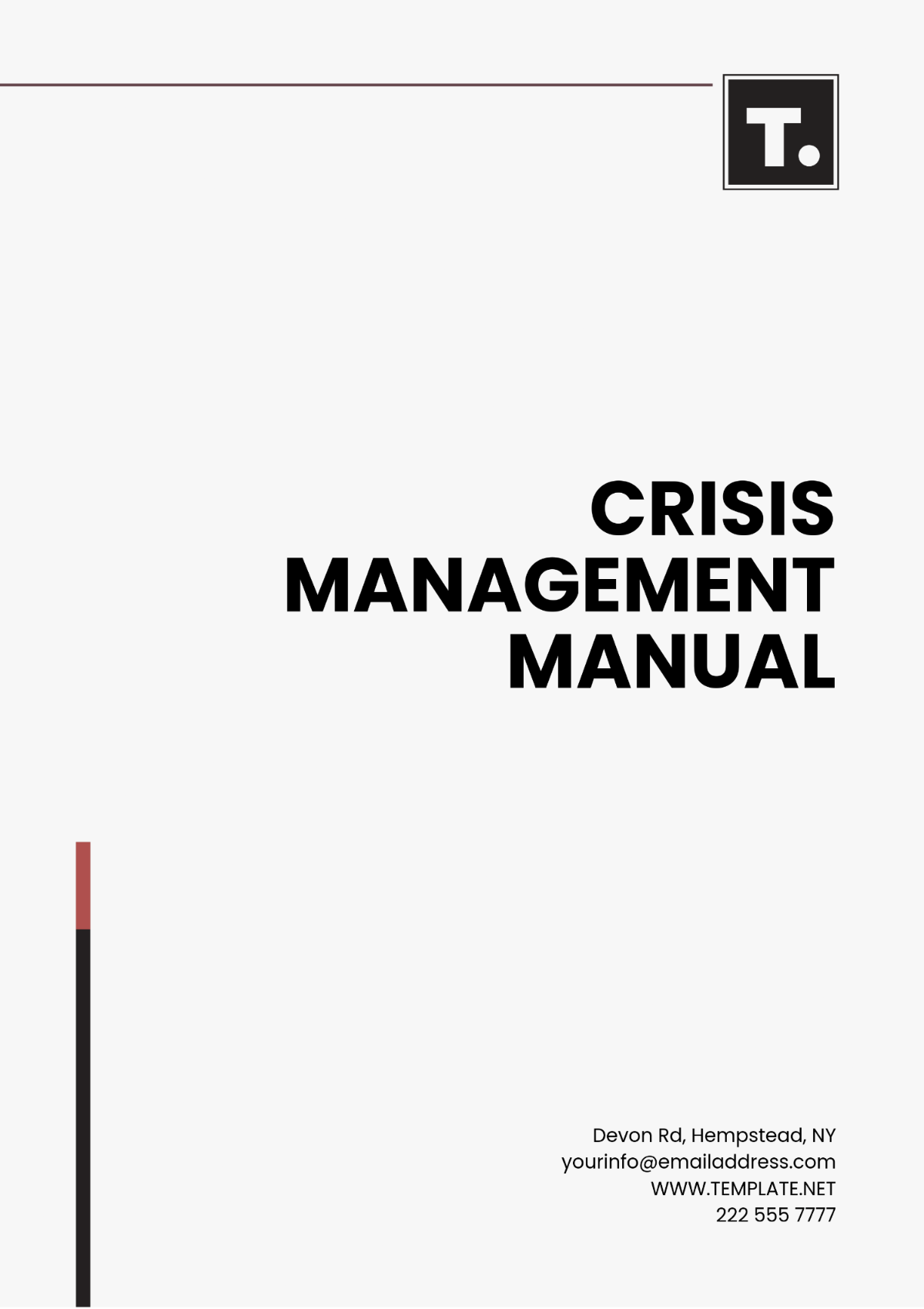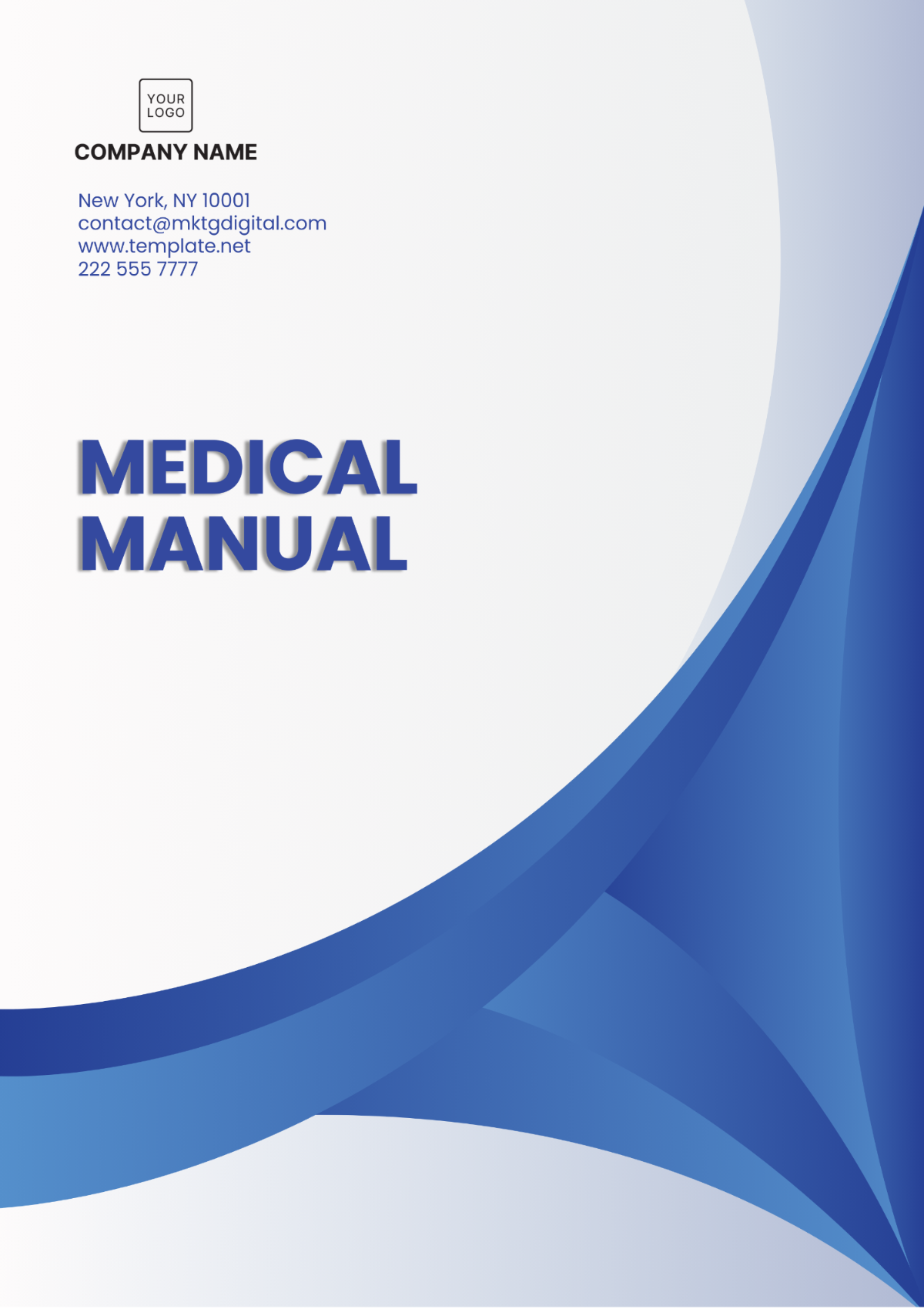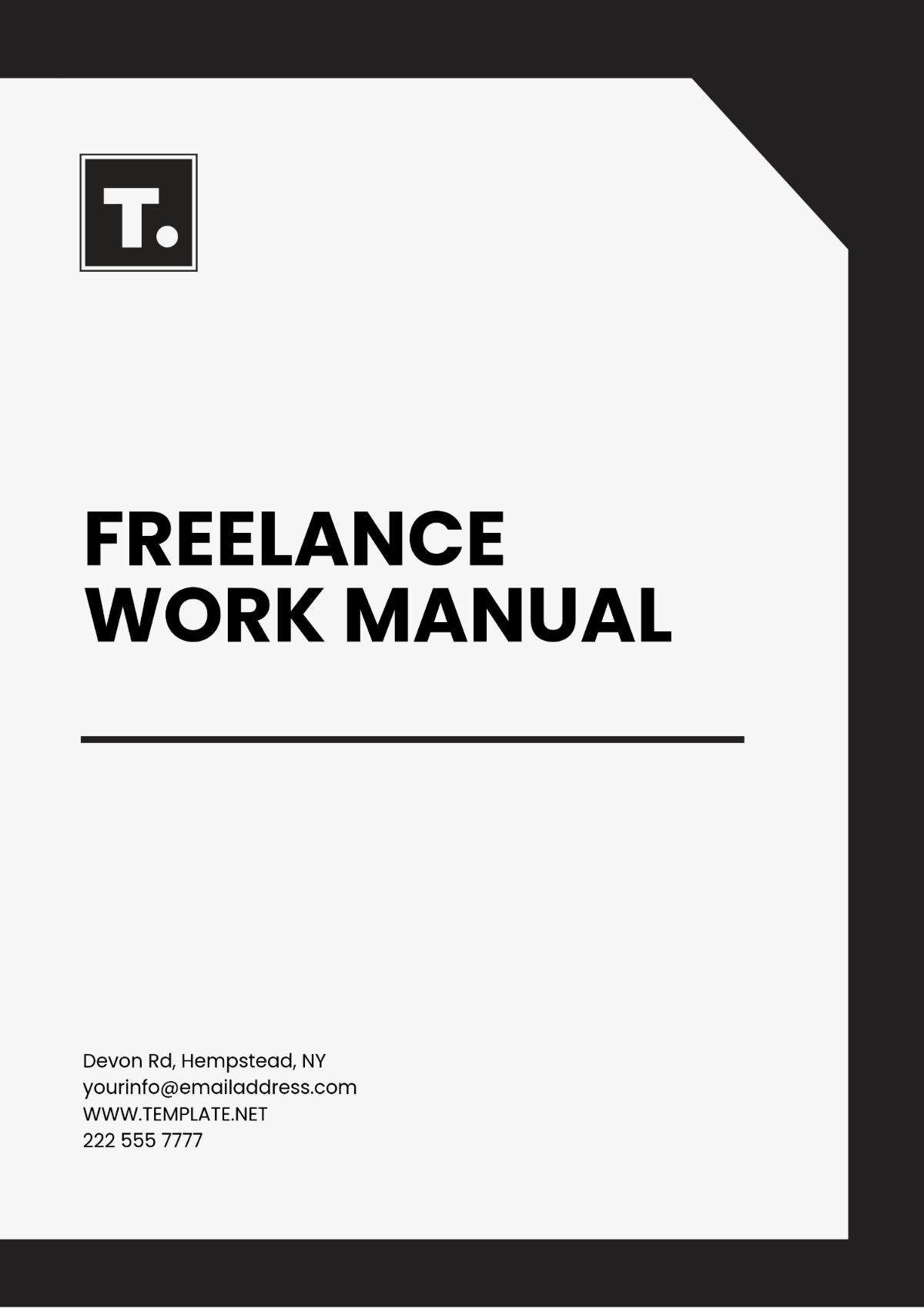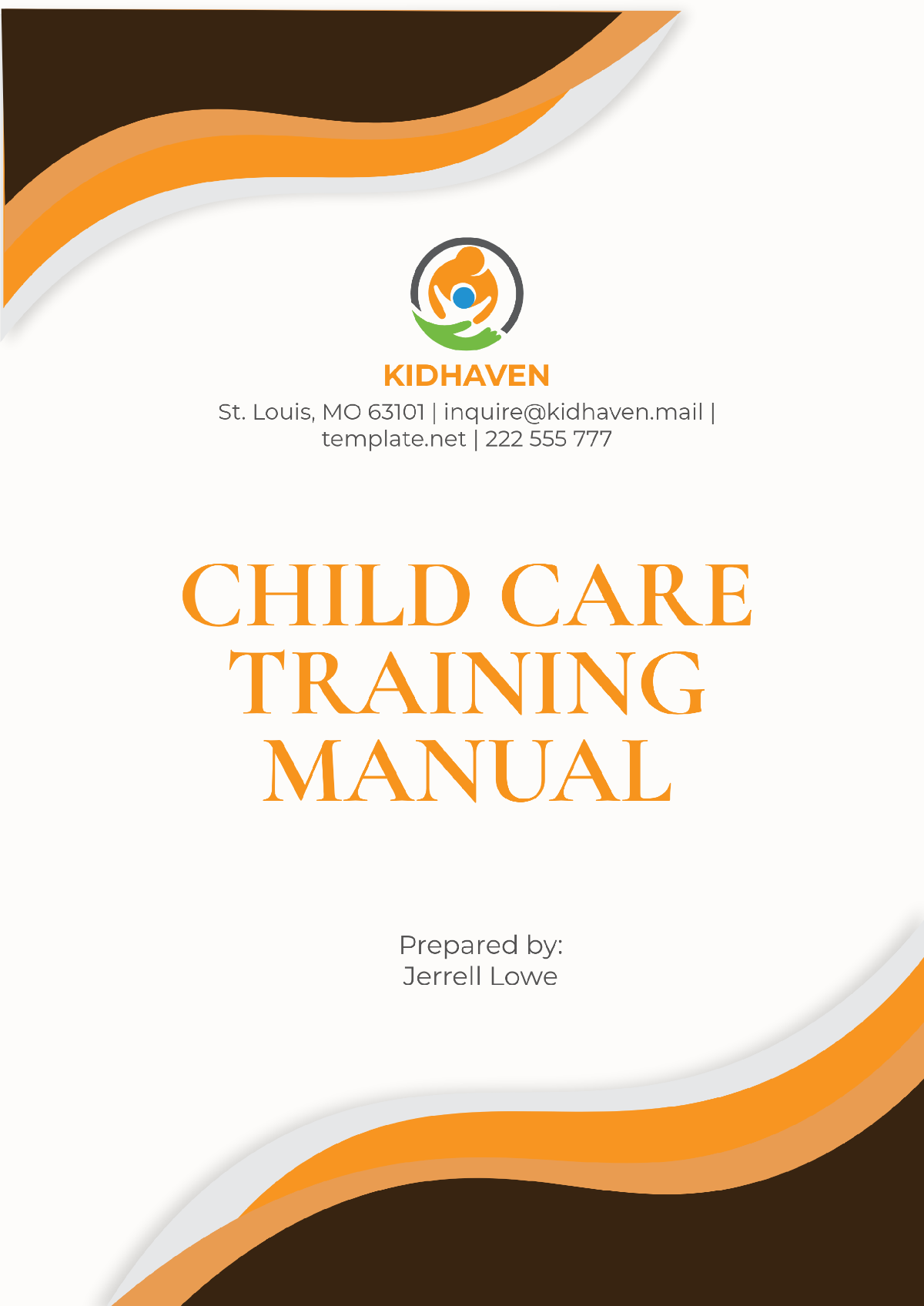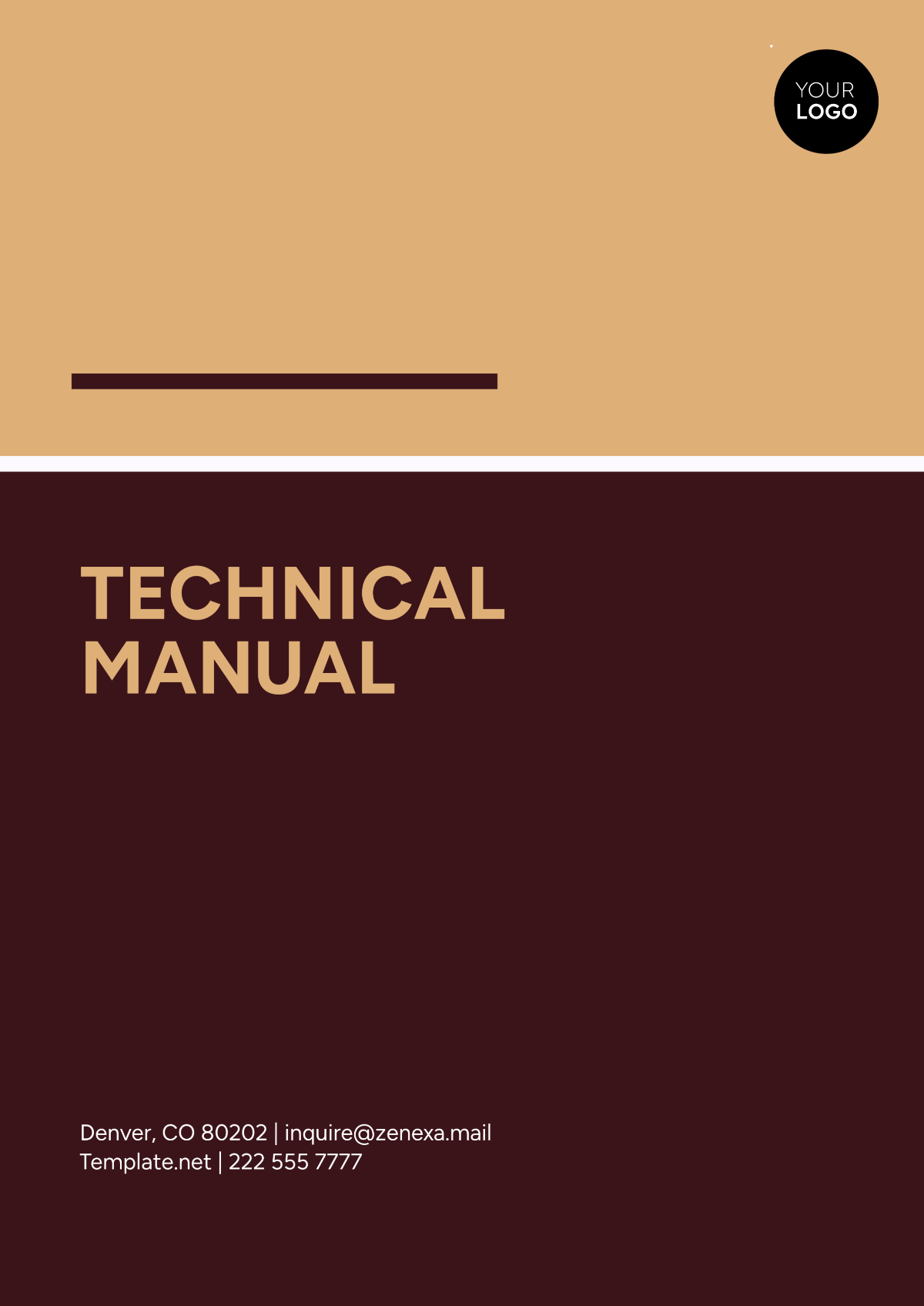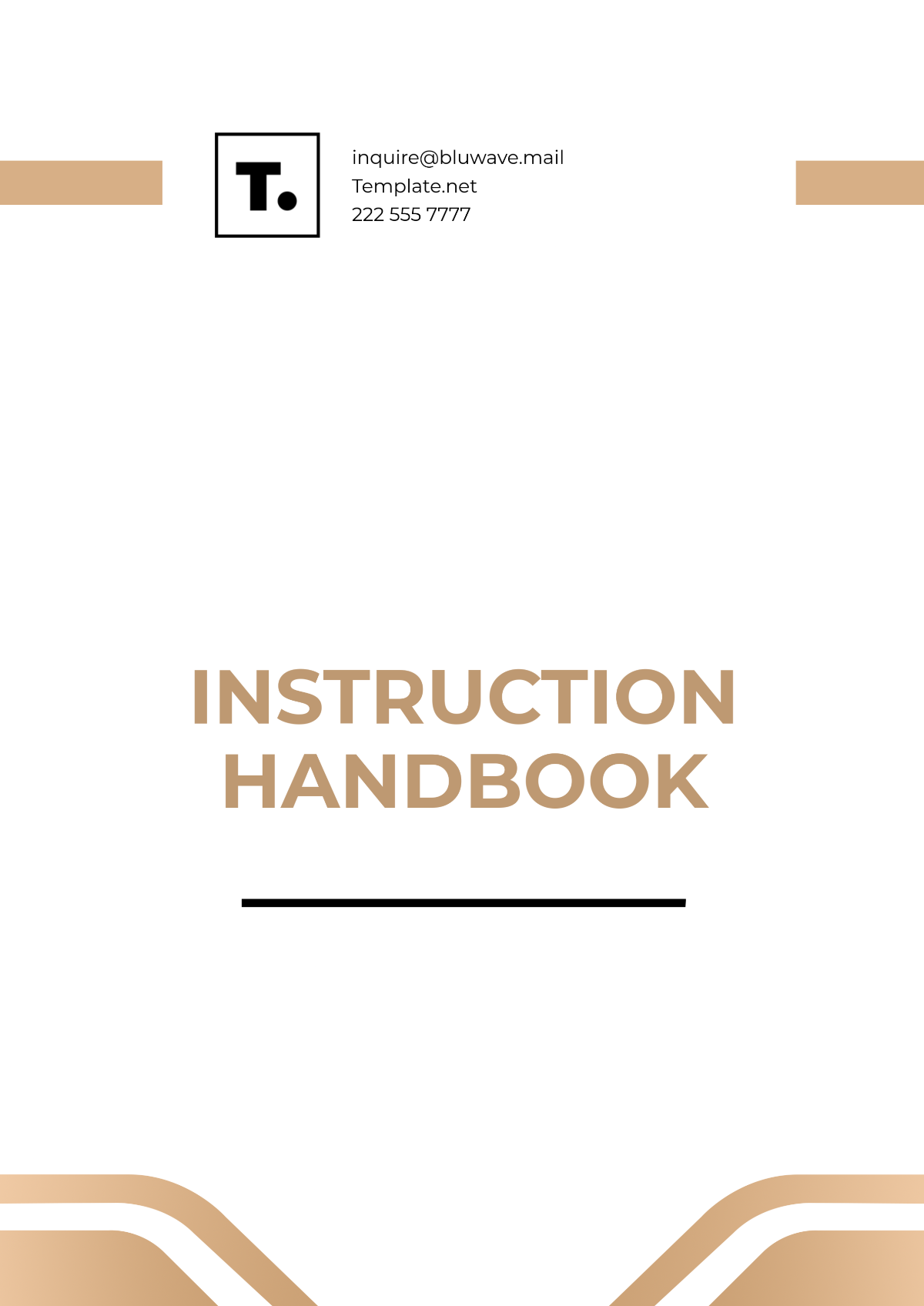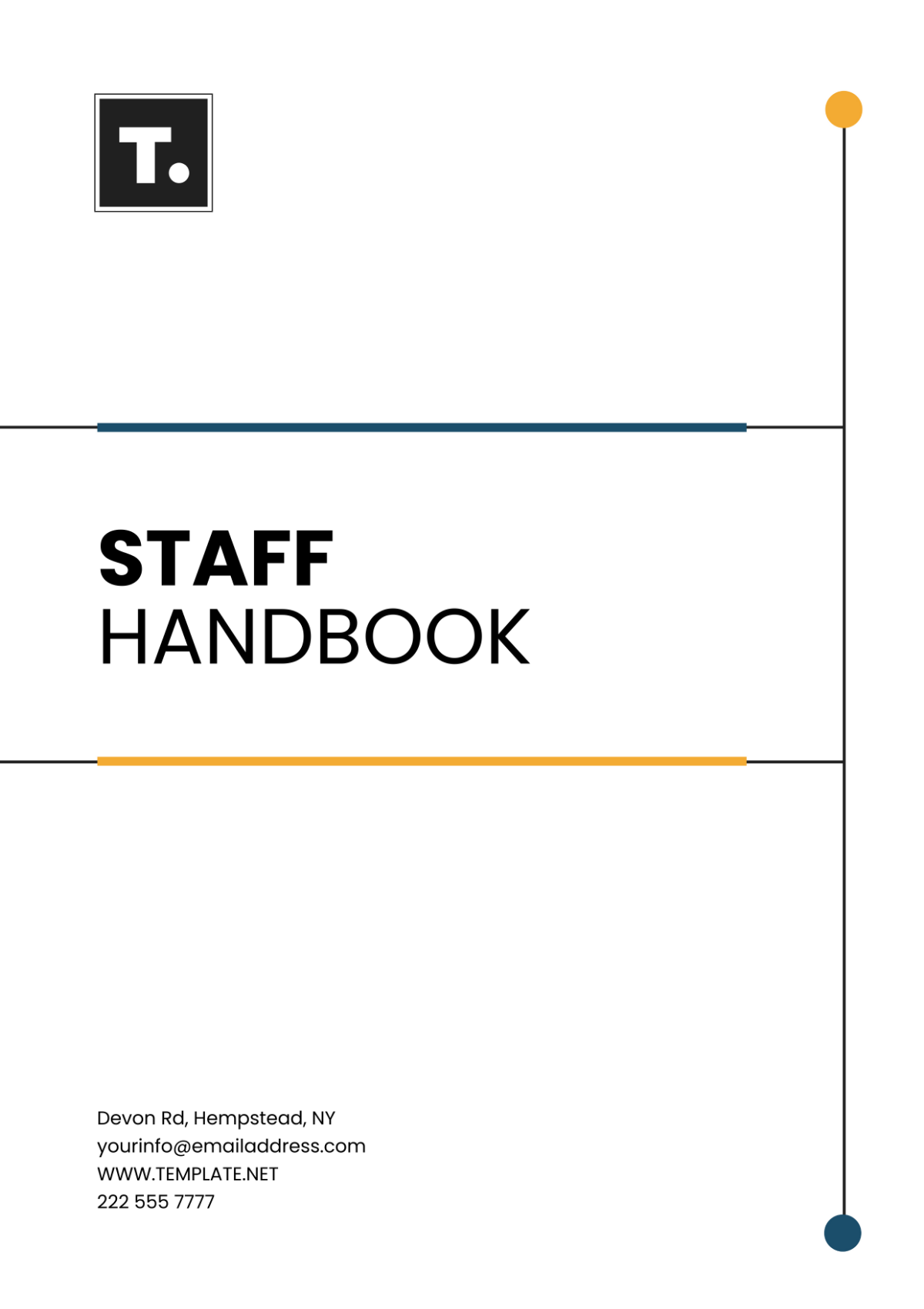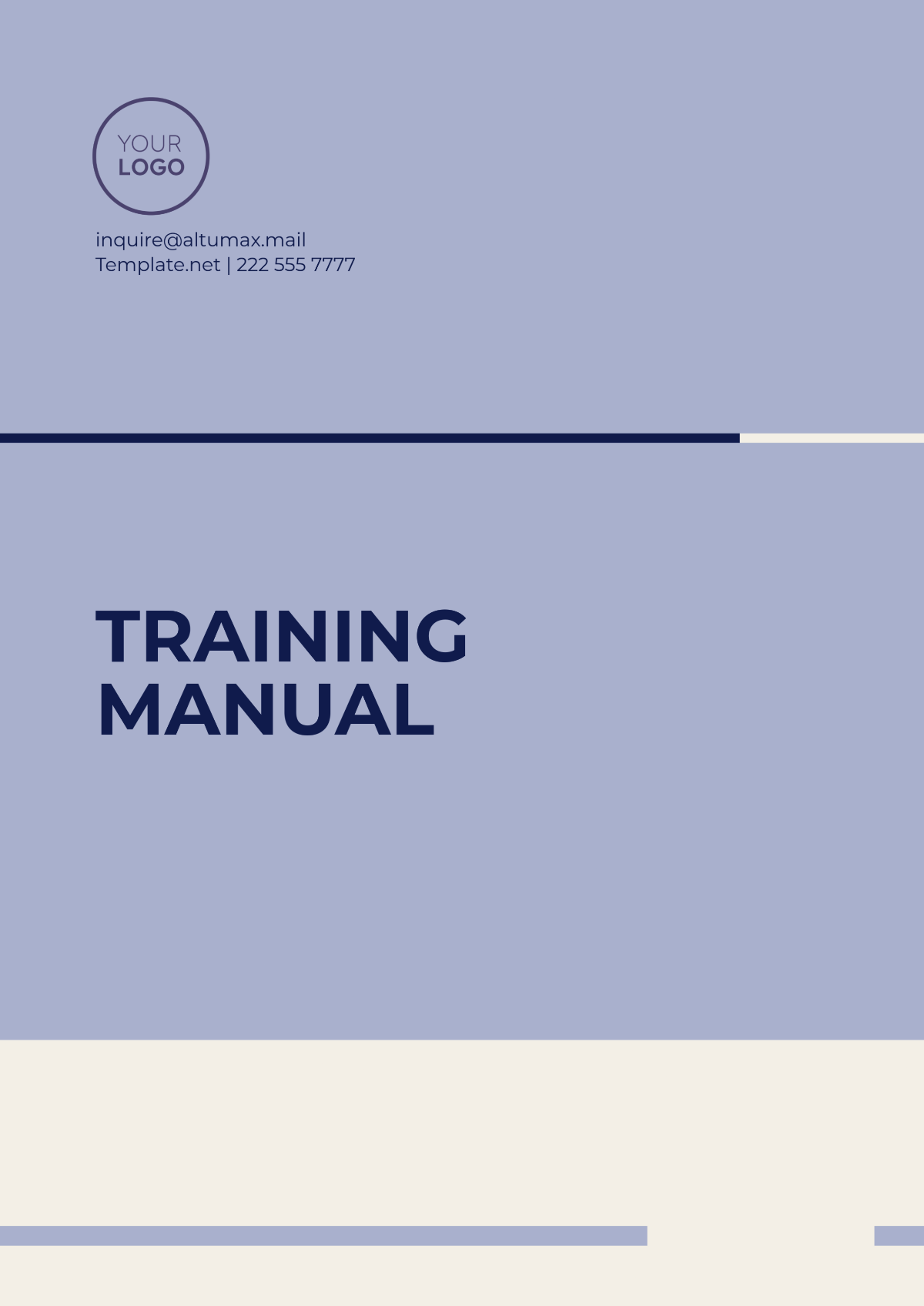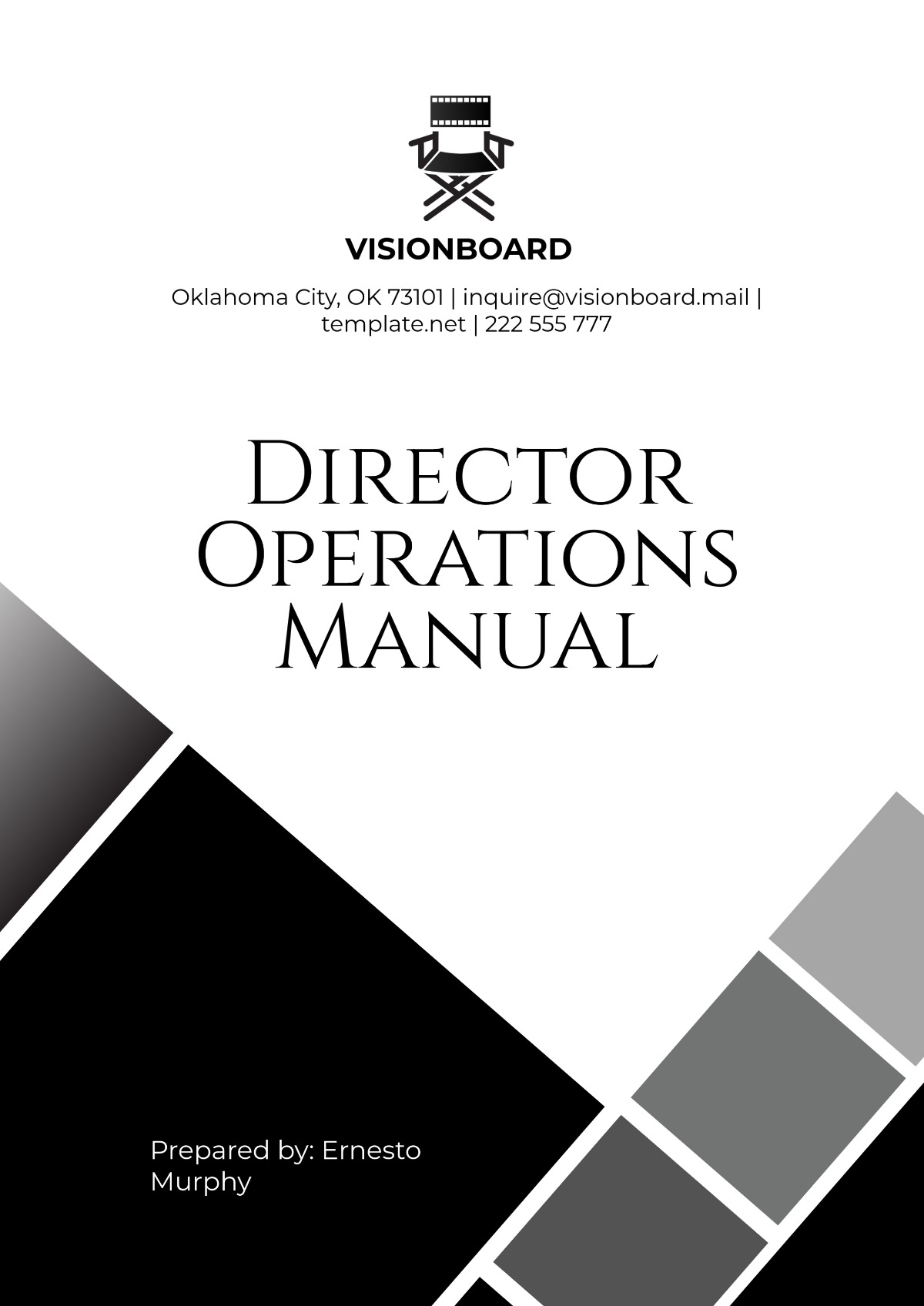Bakery Equipment Manual Layout
I. Introduction
A. Purpose of the Manual
(Describe the main objectives of the manual, including how it helps users operate and maintain the equipment. Emphasize its role in ensuring safety, efficiency, and longevity of the equipment.)
B. Equipment Overview
(Provide a brief description of the equipment, including its functions and applications in the bakery. Include key features and how they contribute to overall performance.)
C. Intended Users
(Identify who the manual is intended for, such as operators, maintenance staff, or supervisors. Highlight the qualifications or experience needed to effectively use the equipment.)
D. Safety Information
(Summarize the critical safety information relevant to operating the equipment. Include general safety practices and warnings to prevent accidents or injuries.)
II. Operating Instructions
A. Pre-Operation Setup
(Outline the steps required to prepare the equipment for use, including any necessary checks or adjustments. Ensure users understand the importance of proper setup for safe and efficient operation.)
B. Operating Procedures
(Detail the step-by-step process for using the equipment, including starting, operating, and stopping procedures. Provide clear, concise instructions to ensure users can operate the equipment correctly.)
C. Control Panel Functions
(Explain the various controls and indicators on the equipment's control panel. Include descriptions of each function and how they affect equipment operation.)
D. Emergency Stop Procedures
(Provide instructions for quickly and safely stopping the equipment in case of an emergency. Highlight any emergency features or buttons and their locations.)
III. Maintenance Guidelines
A. Routine Maintenance
(List the daily or weekly maintenance tasks necessary to keep the equipment running smoothly. Include checklists or schedules to ensure regular upkeep.)
B. Preventive Maintenance
(Describe the preventive measures that can be taken to avoid equipment breakdowns. Include recommended actions to extend the equipment's lifespan and maintain performance.)
C. Scheduled Service Intervals
(Outline the recommended intervals for more extensive maintenance or professional servicing. Provide a timeline and the type of service required at each interval.)
D. Maintenance Log
(Explain how to record maintenance activities, including what information should be logged and how to track service history. Include sample forms or templates if applicable.)
IV. Safety Protocols
A. General Safety Measures
(Detail general safety practices for operating the equipment. Include guidelines on proper use and precautionary measures to avoid accidents.)
B. Personal Protective Equipment (PPE)
(Specify the types of PPE required when operating or maintaining the equipment. Include instructions on proper use and why PPE is necessary.)
C. Hazardous Conditions
(Identify potential hazardous conditions associated with the equipment. Provide guidance on how to recognize and respond to these hazards.)
D. Emergency Procedures
(Describe the steps to take in case of an emergency related to equipment malfunction or accidents. Include contact information for emergency services or support.)
V. Troubleshooting
A. Common Issues
(List frequent problems users might encounter with the equipment. Provide brief descriptions of each issue and its potential impact on operation.)
B. Diagnostic Procedures
(Provide a step-by-step guide for diagnosing the causes of common issues. Include methods for identifying problems and determining their root causes.)
C. Error Codes and Their Meanings
(Explain any error codes displayed by the equipment. Describe what each code indicates and how users should address the associated issue.)
D. Contacting Support
(Include information on how to contact technical support for unresolved issues. Provide contact details, support hours, and any procedures for submitting service requests.)
VI. Technical Specifications
A. Equipment Dimensions
(Provide the physical dimensions of the equipment, including height, width, and depth. Include any space requirements for installation or operation.)
B. Power Requirements
(Detail the power specifications needed for the equipment, such as voltage, amperage, and frequency. Include any special electrical requirements or considerations.)
C. Performance Data
(Include information on the equipment's performance capabilities, such as production speed or capacity. Provide data that helps users understand what to expect from the equipment.)
D. Parts List
(List all major parts and components of the equipment, including part numbers and descriptions. Include diagrams or illustrations if helpful for identification.)
VII. Cleaning Procedures
A. Daily Cleaning Tasks
(Outline the daily cleaning tasks required to maintain equipment hygiene. Include step-by-step instructions and recommended cleaning agents.)
B. Deep Cleaning Procedures
(Provide instructions for periodic deep cleaning of the equipment. Detail the methods and frequency for more thorough cleaning.)
C. Sanitization Requirements
(Describe the sanitization processes needed to ensure food safety. Include any specific sanitizers or methods required for compliance with health standards.)
D. Cleaning Agents and Tools
(List the cleaning agents and tools suitable for use with the equipment. Include any recommendations or restrictions to prevent damage.)
VIII. Installation Instructions
A. Site Preparation
(Describe the steps needed to prepare the installation site, including space requirements and environmental conditions. Provide guidelines for ensuring a proper setup.)
B. Equipment Assembly
(Provide detailed assembly instructions for the equipment, including any necessary tools and parts. Include illustrations or diagrams to aid in assembly.)
C. Electrical and Plumbing Connections
(Detail the procedures for connecting the equipment to electrical and plumbing systems. Include safety precautions and requirements for proper connections.)
D. Initial Setup and Calibration
(Outline the steps for setting up and calibrating the equipment after installation. Provide instructions for ensuring the equipment operates correctly from the start.)
IX. Warranty and Service Information
A. Warranty Coverage
(Detail the terms of the equipment's warranty, including what is covered and the duration. Include any conditions or exclusions.)
B. Service Agreements
(Provide information on available service agreements or maintenance contracts. Describe the benefits and coverage of these agreements.)
C. Manufacturer Contact Information
(Include the contact details for the manufacturer or service provider. Provide phone numbers, email addresses, and any relevant online resources.)
D. Service Request Procedures
(Explain how to request service or repairs, including any required documentation or forms. Provide step-by-step instructions for submitting service requests.)
